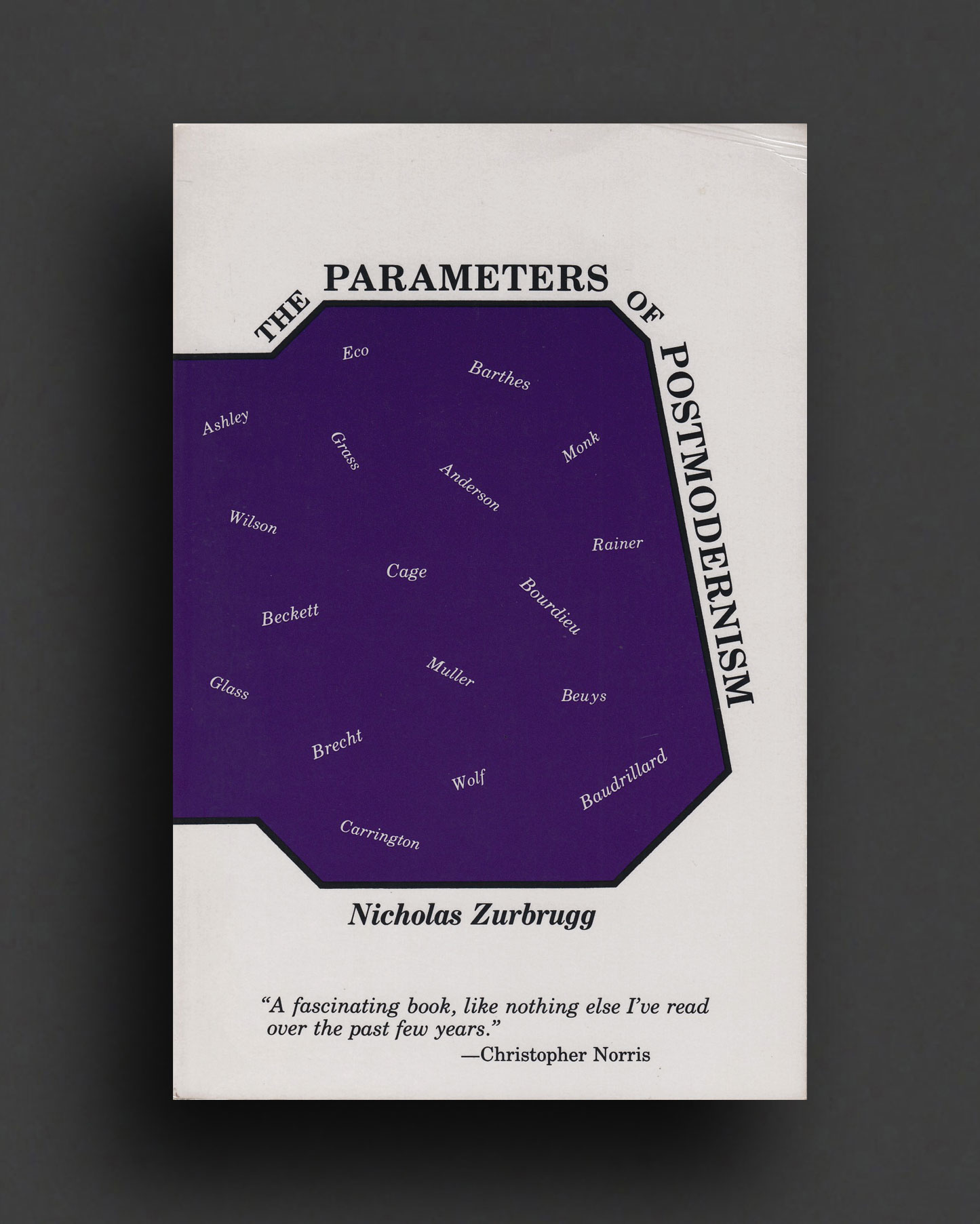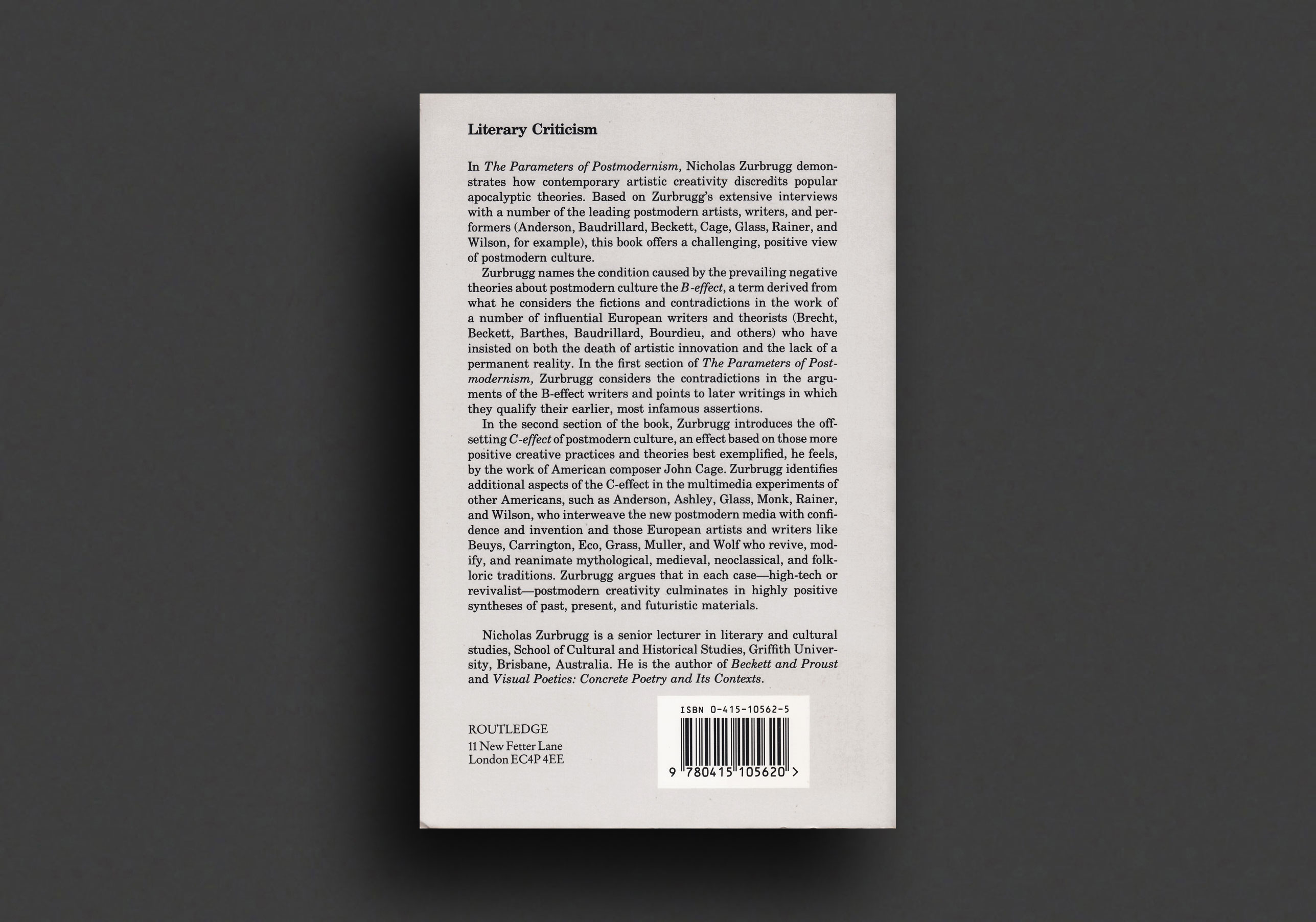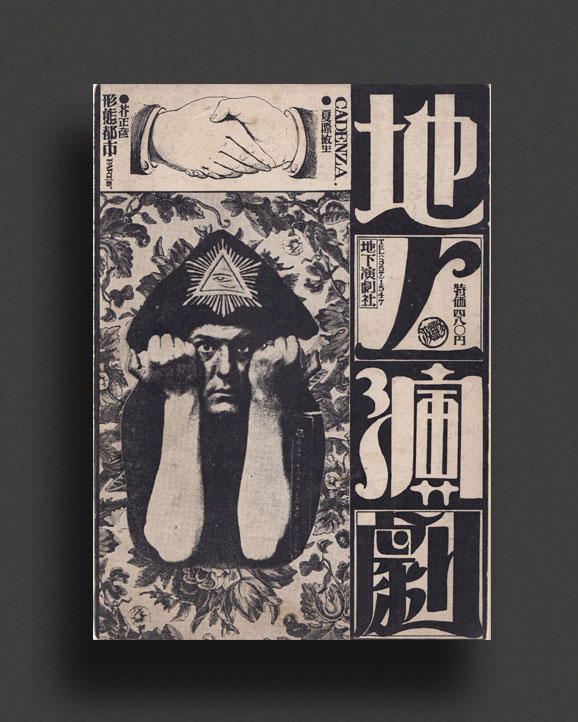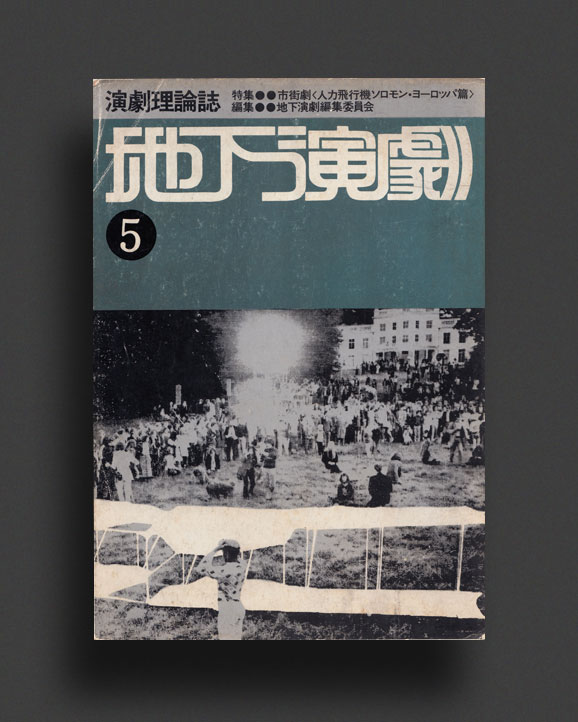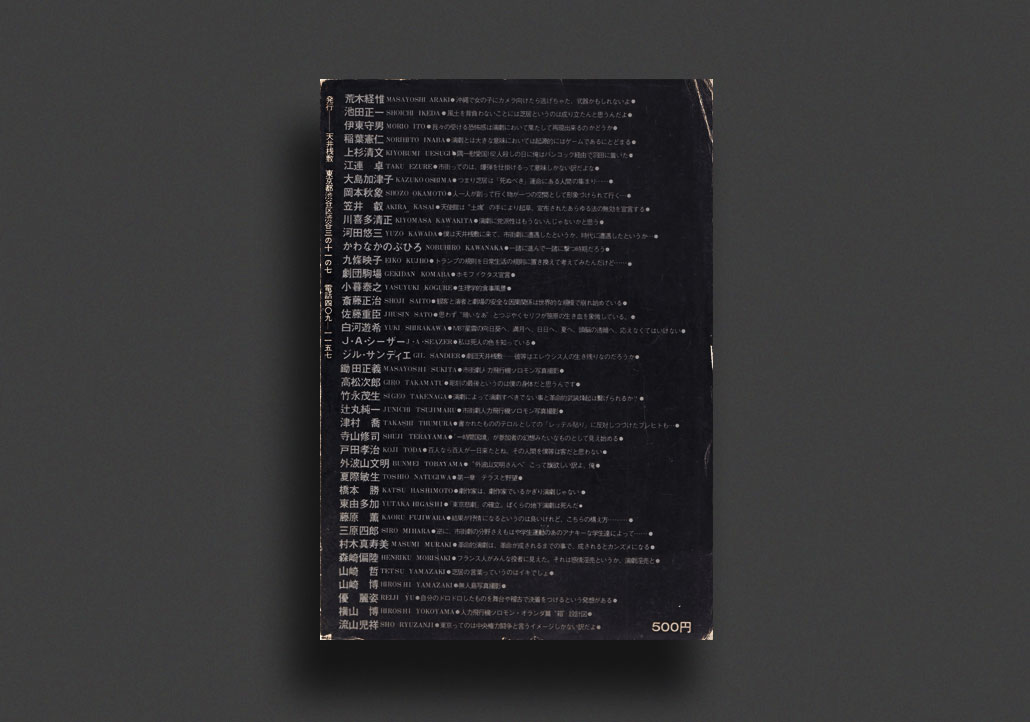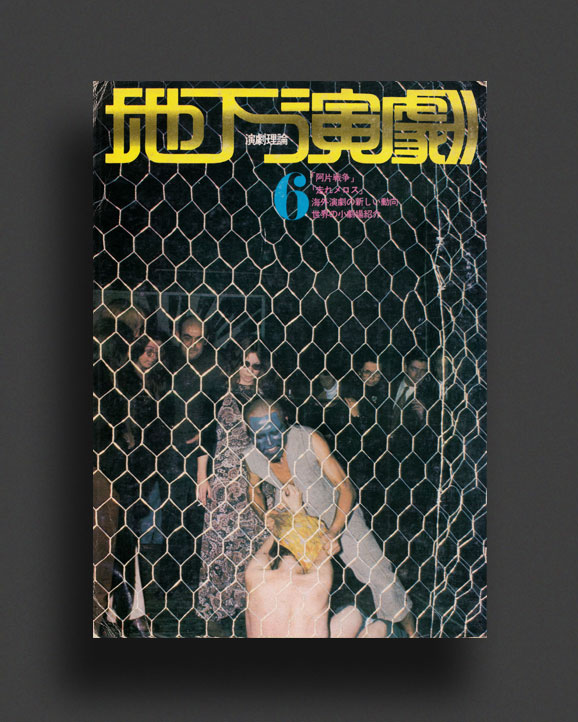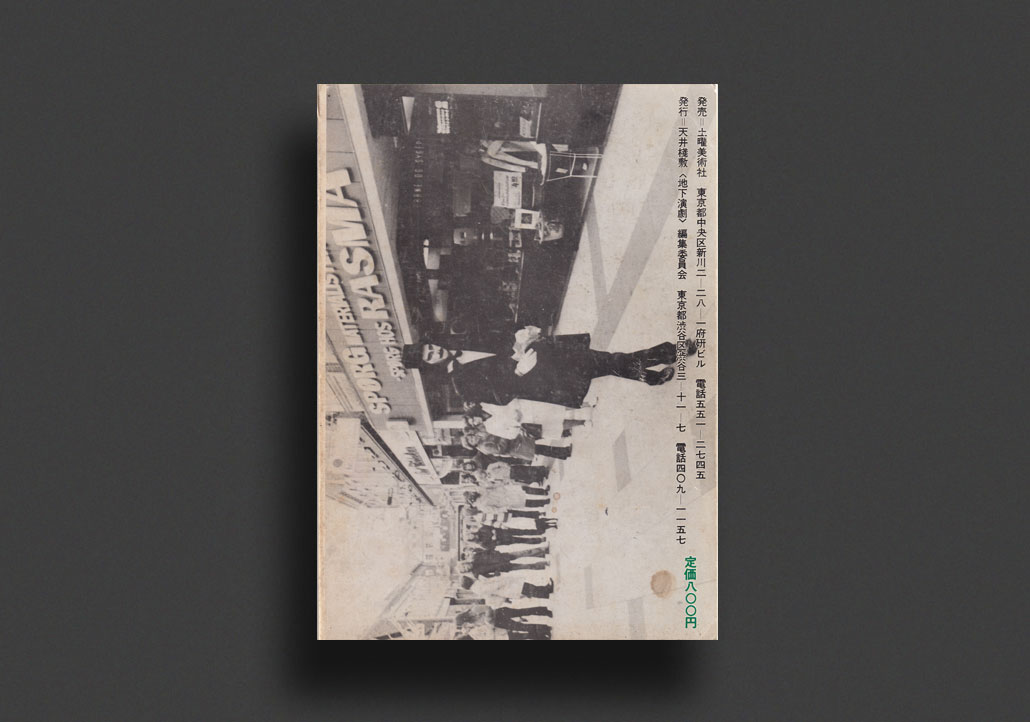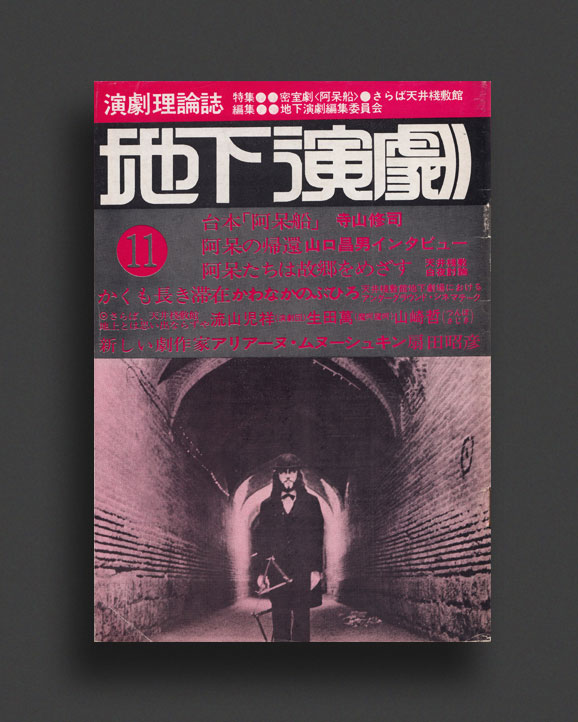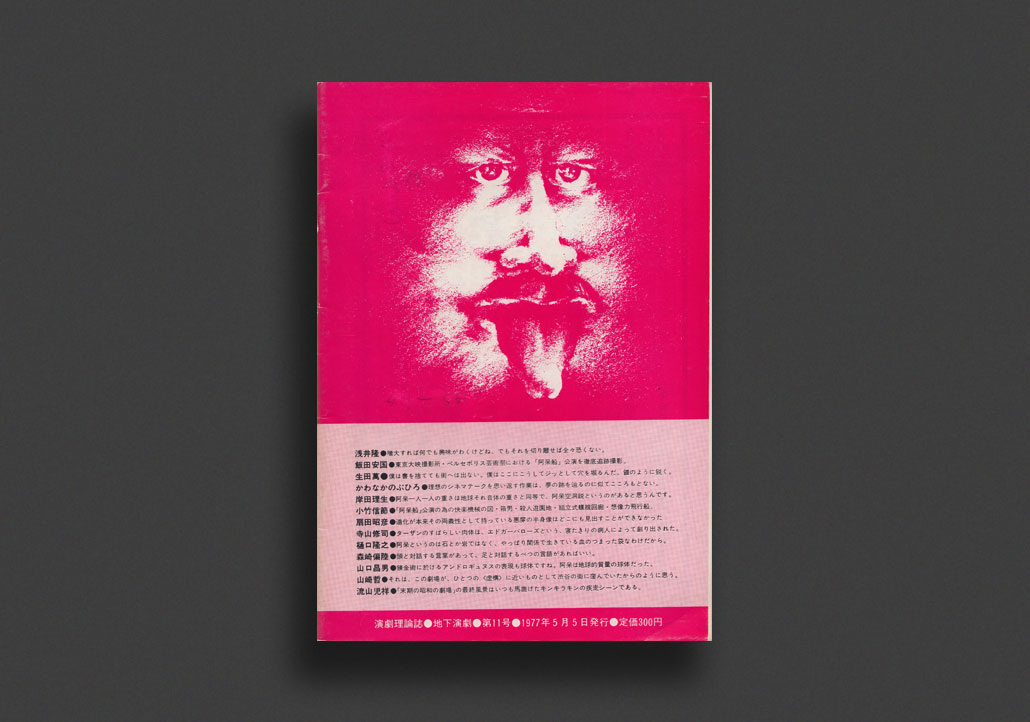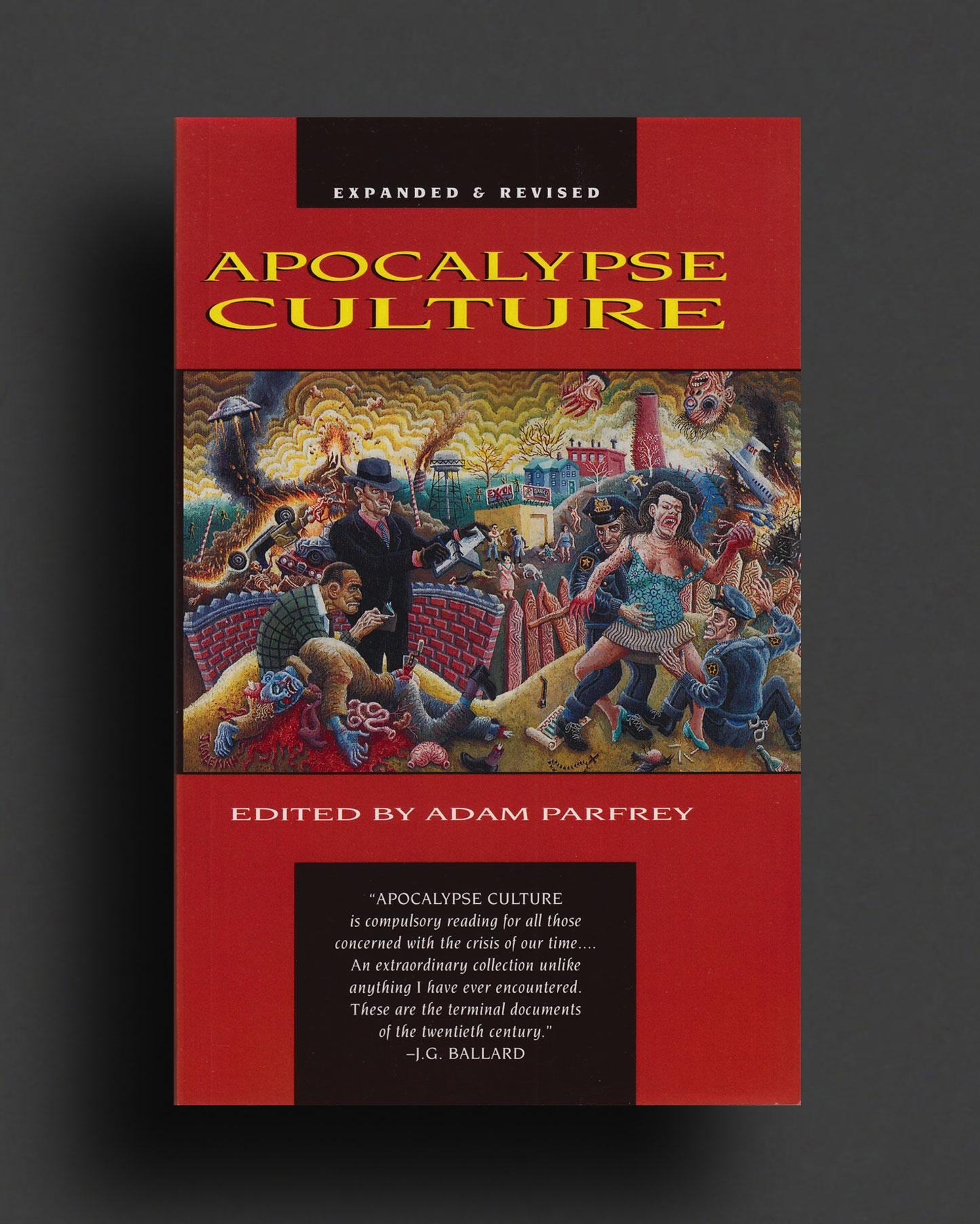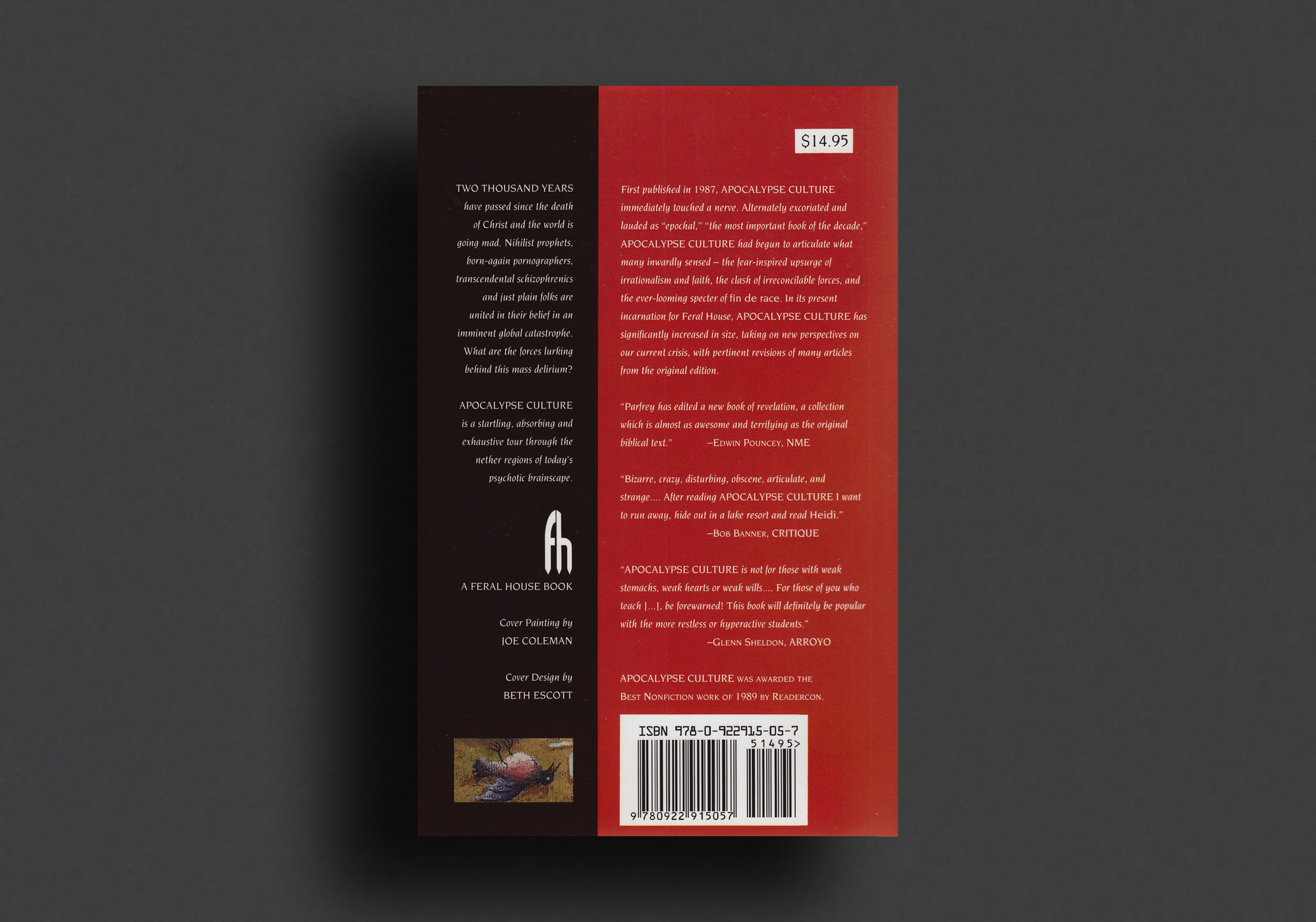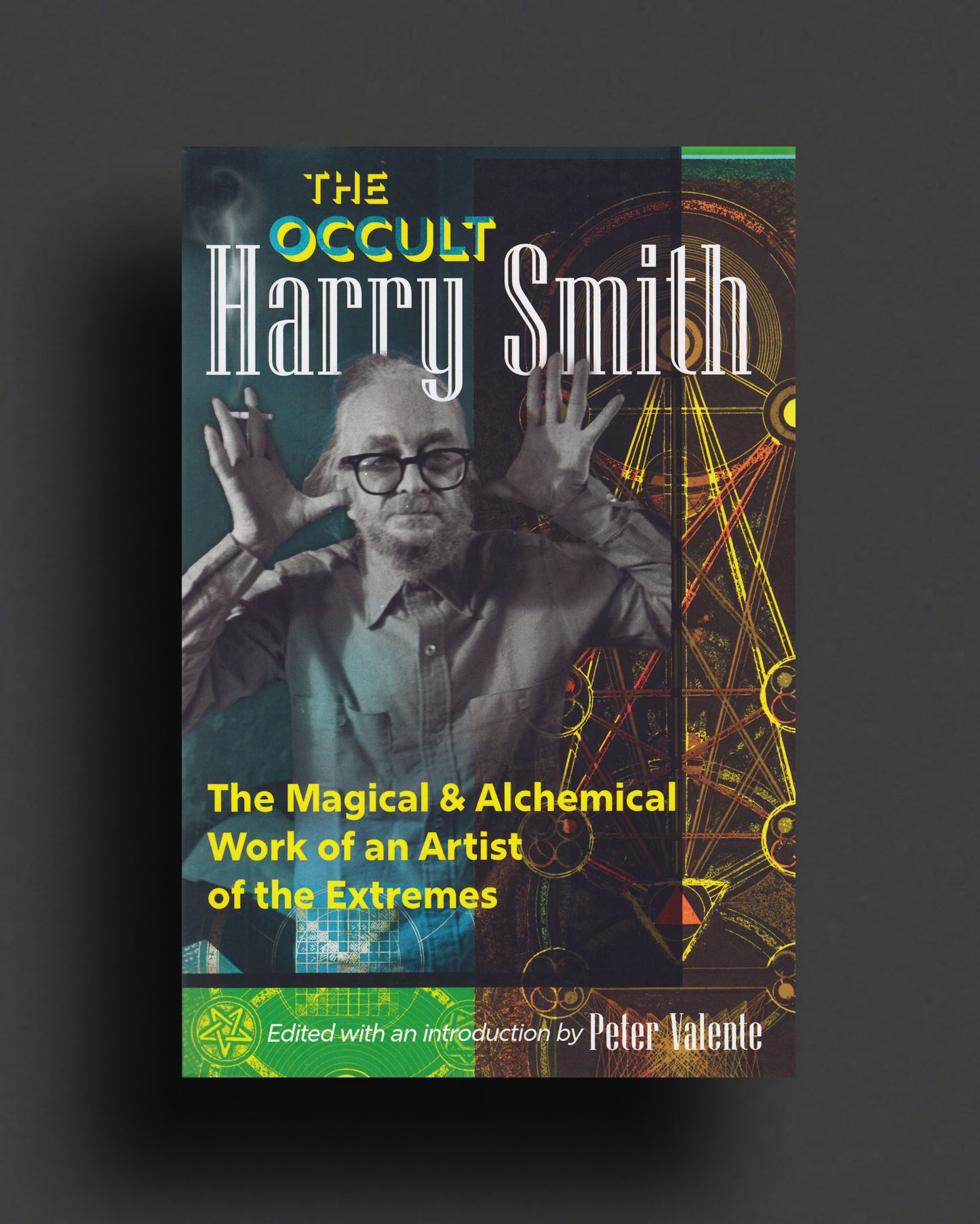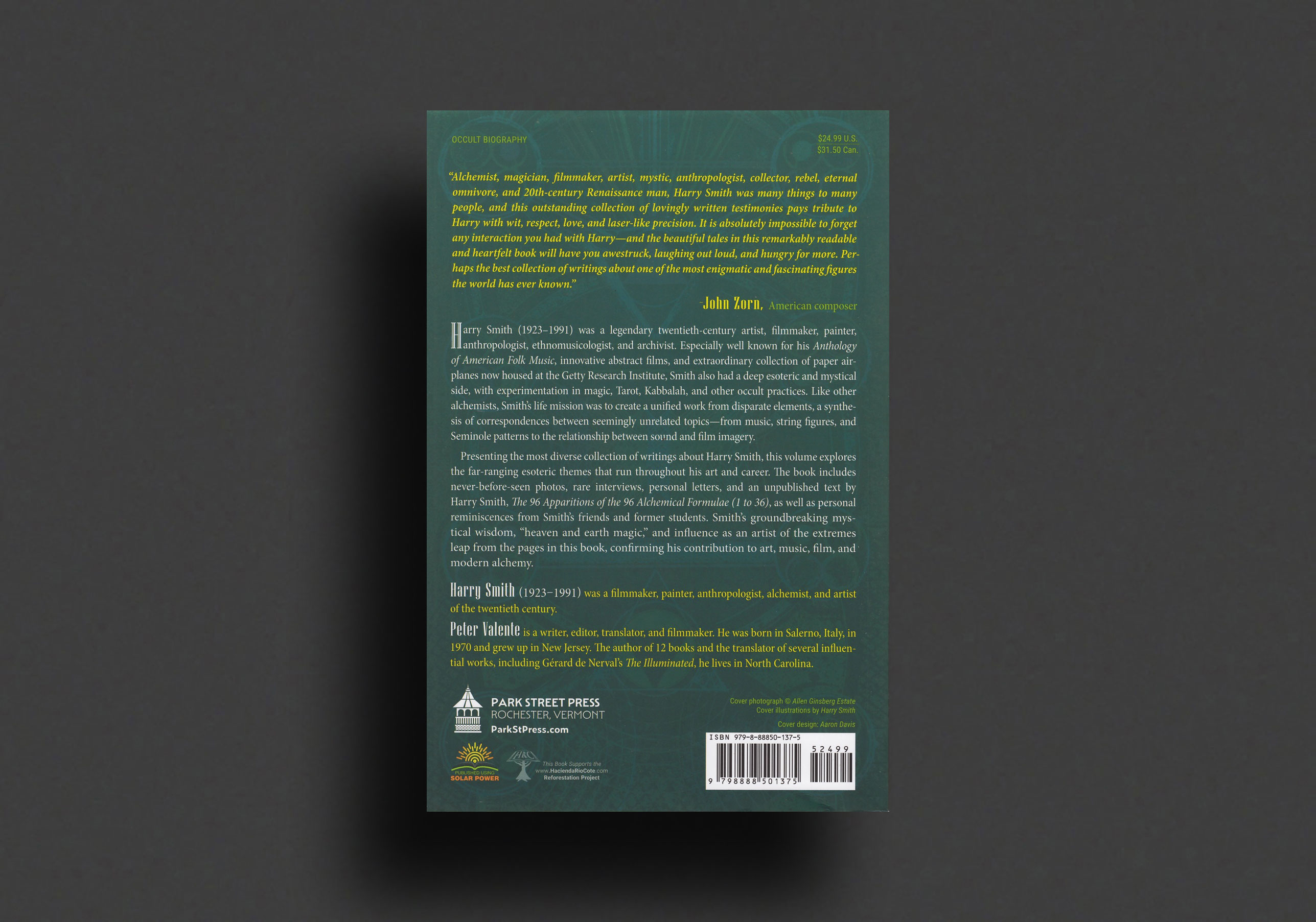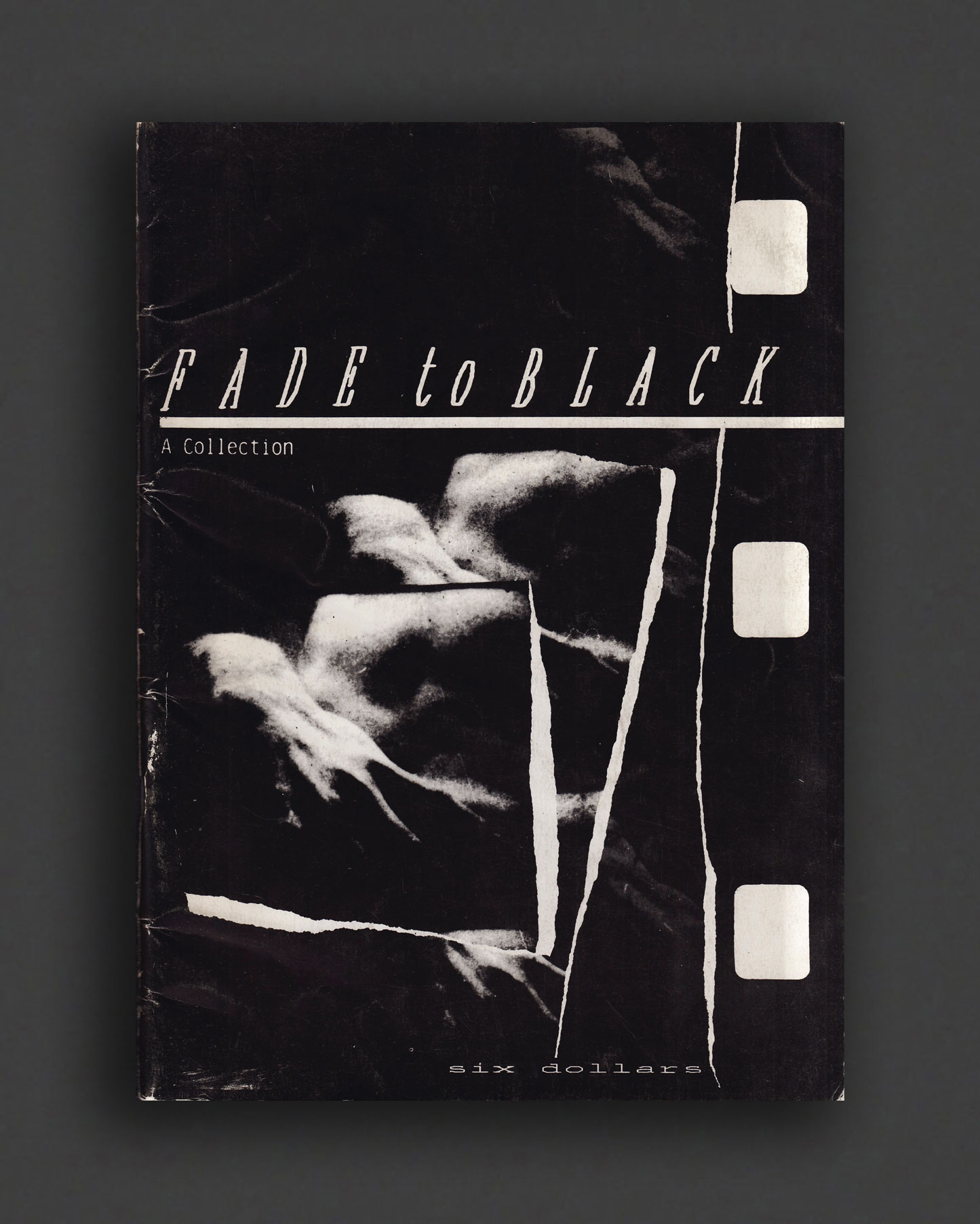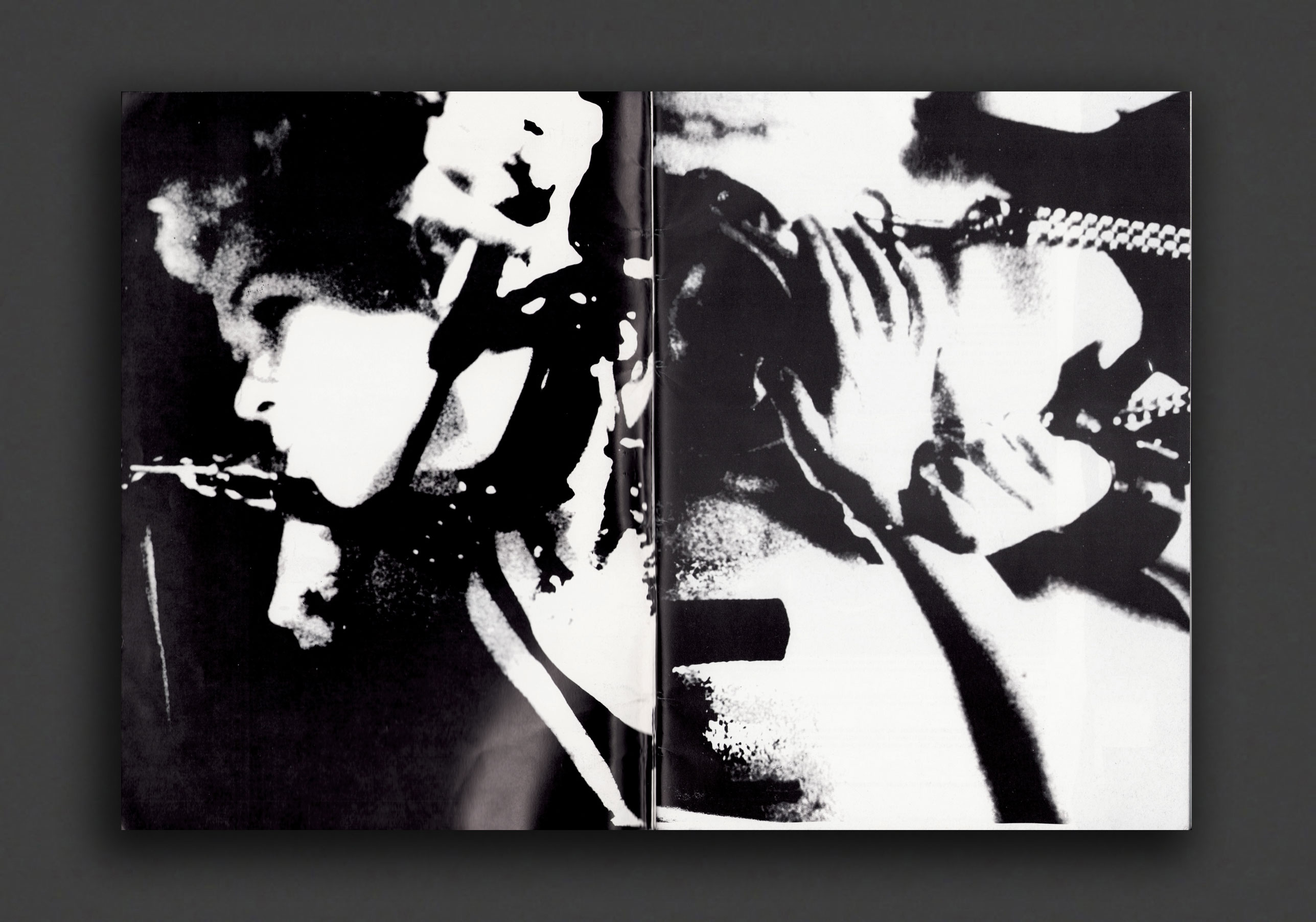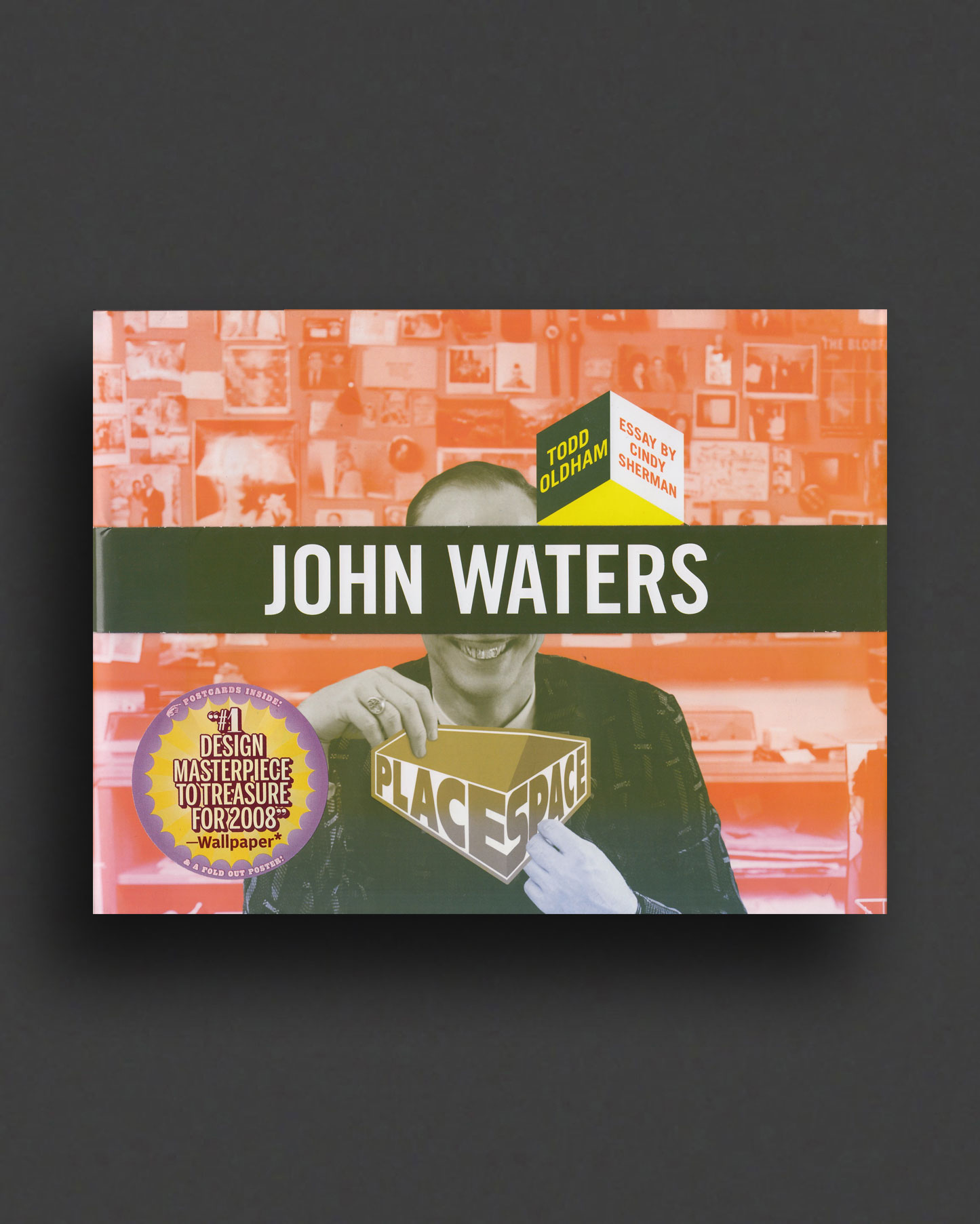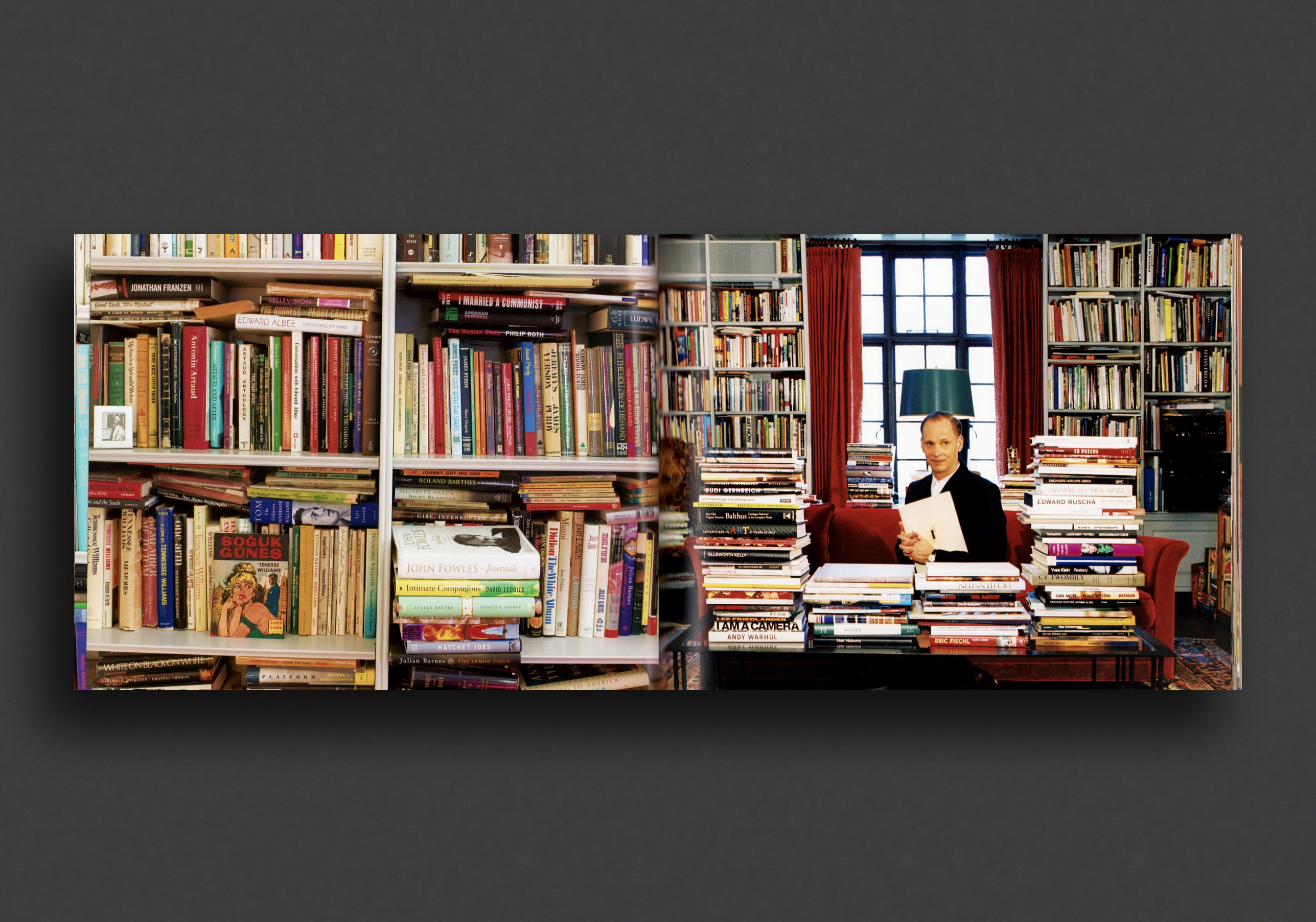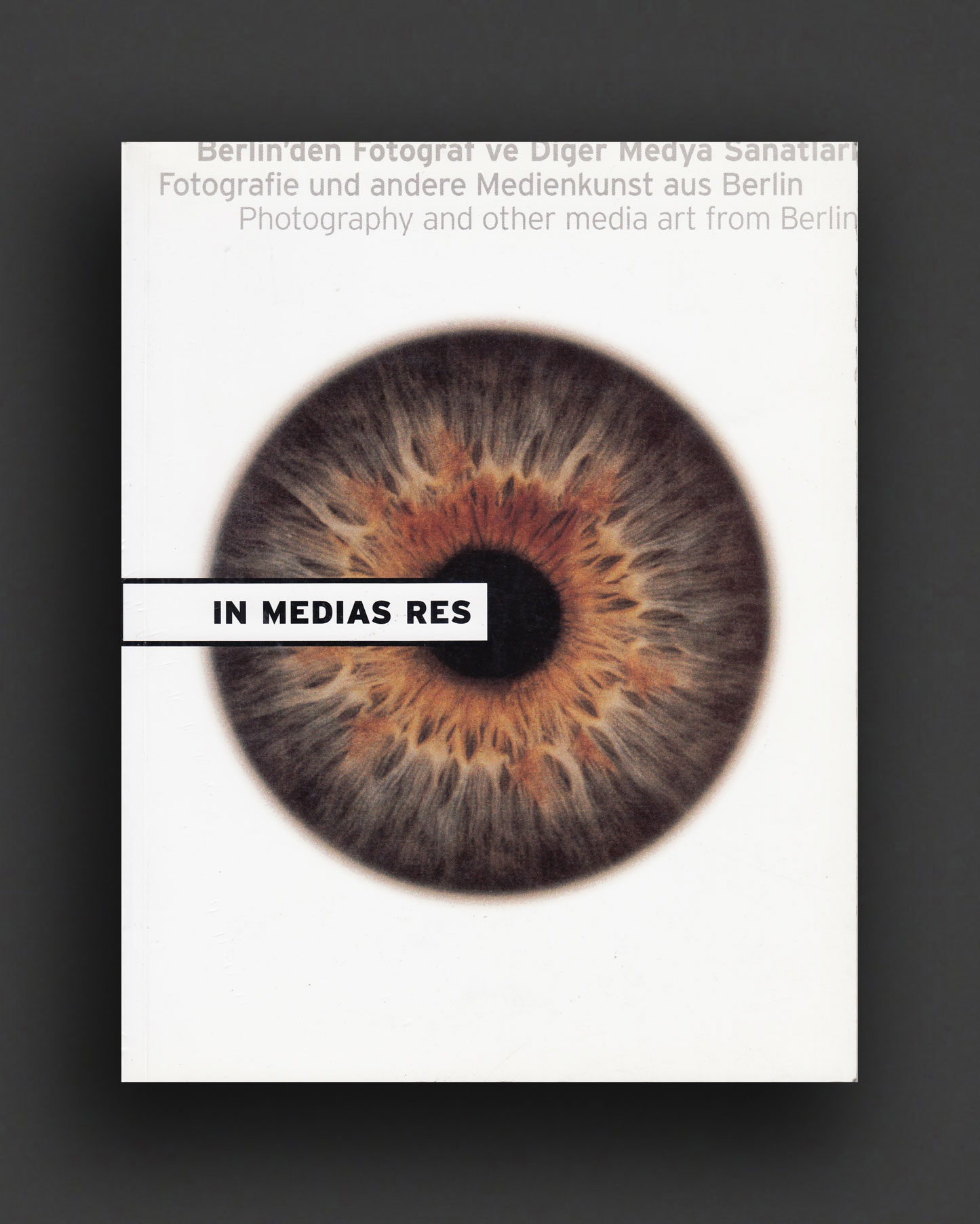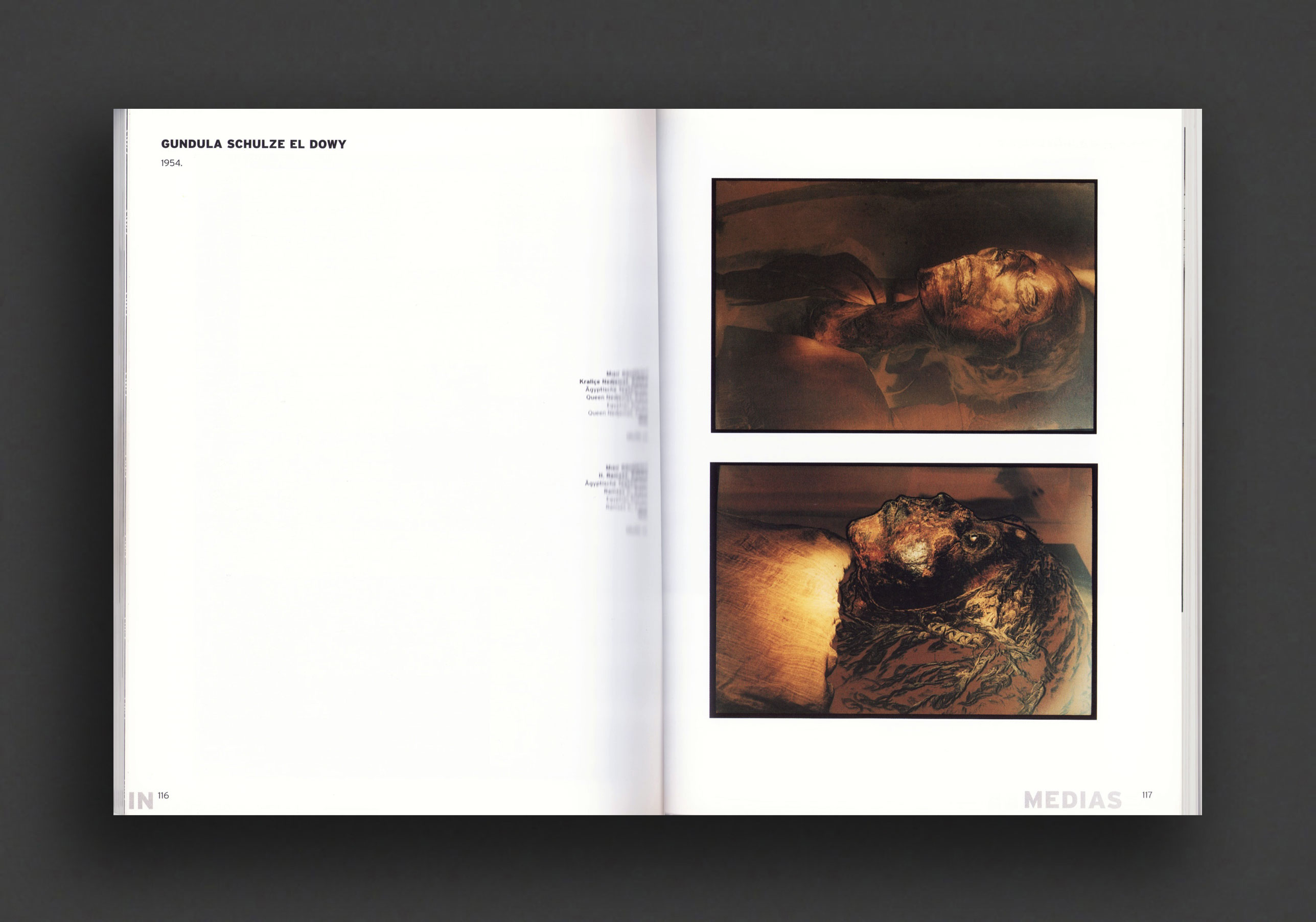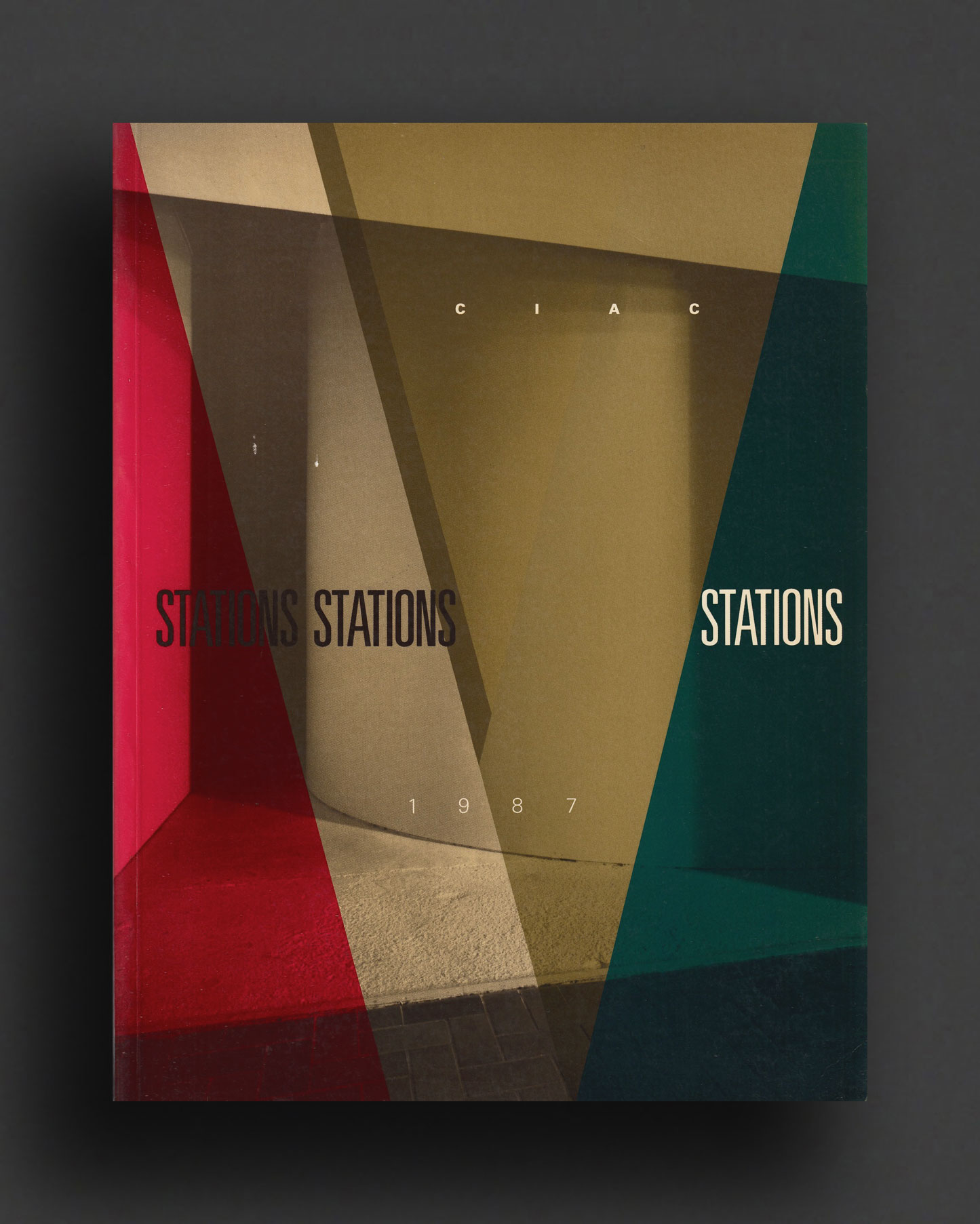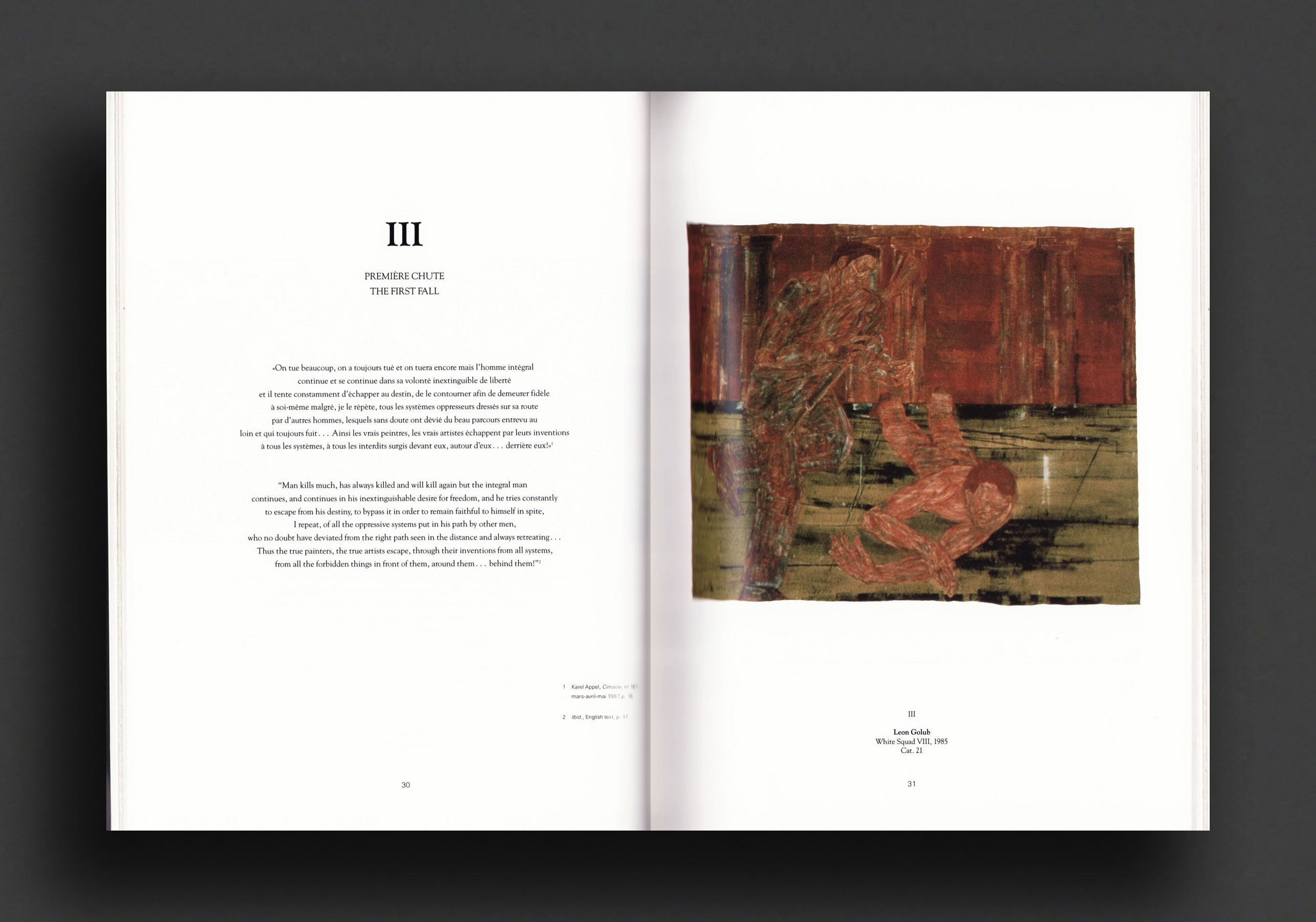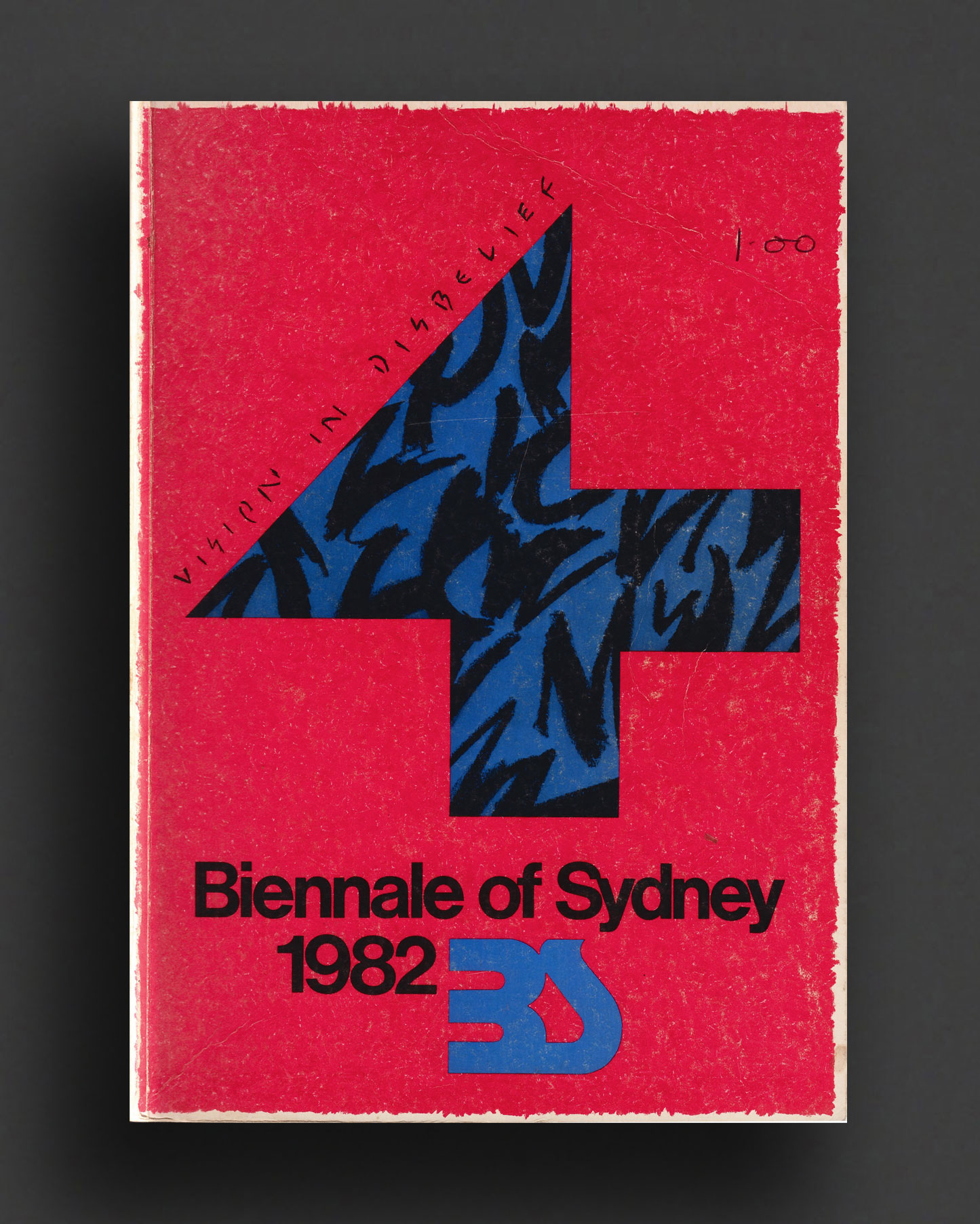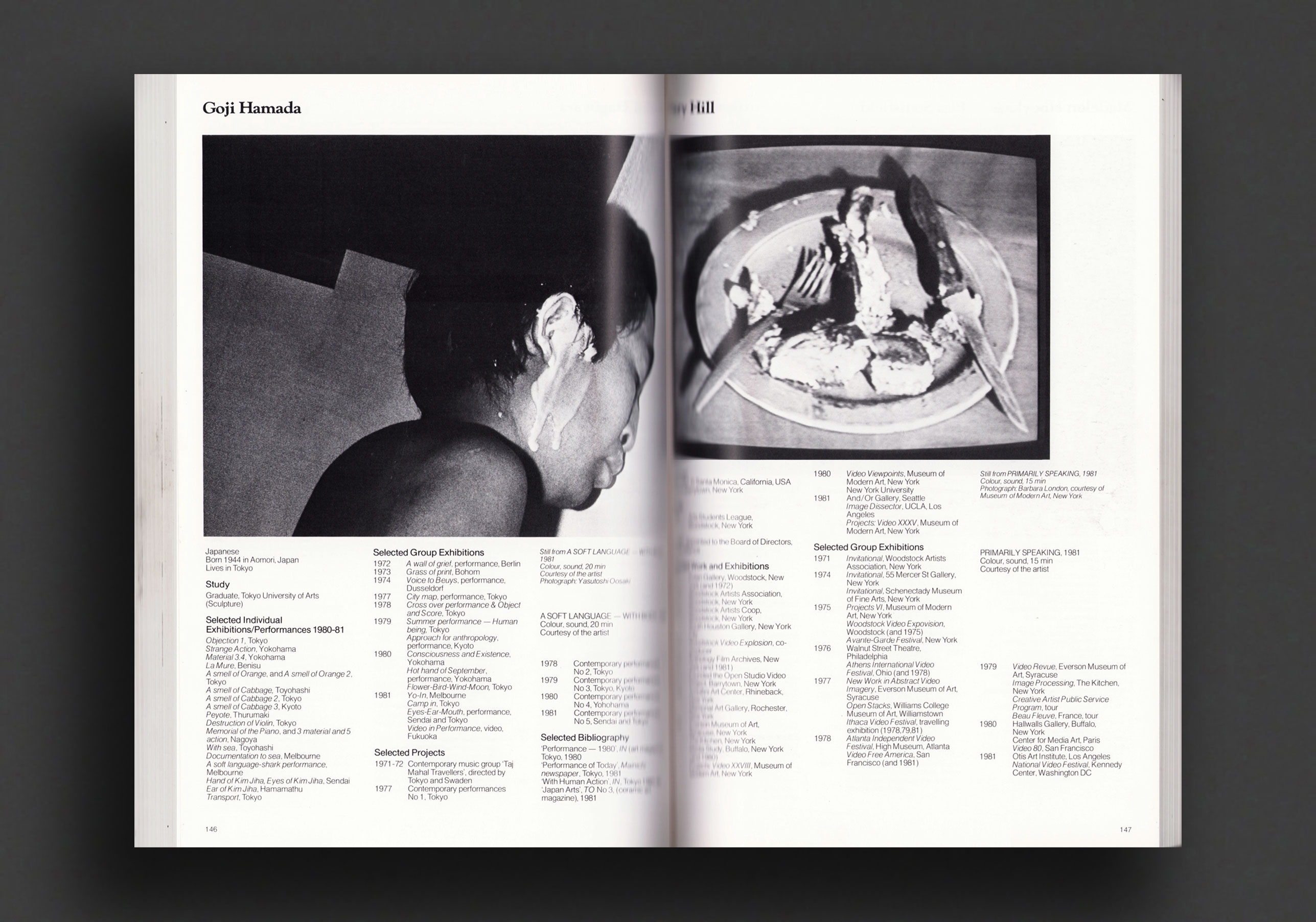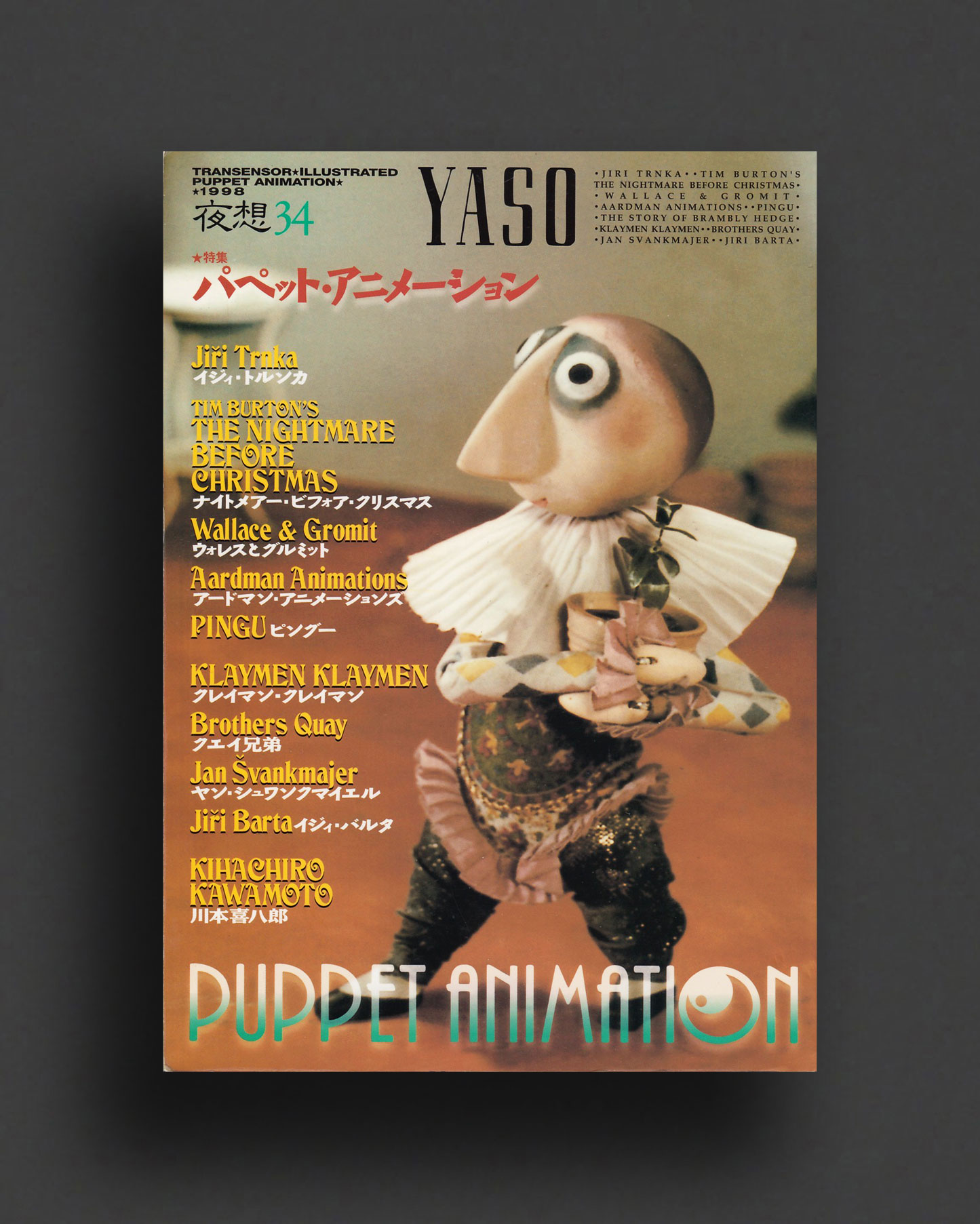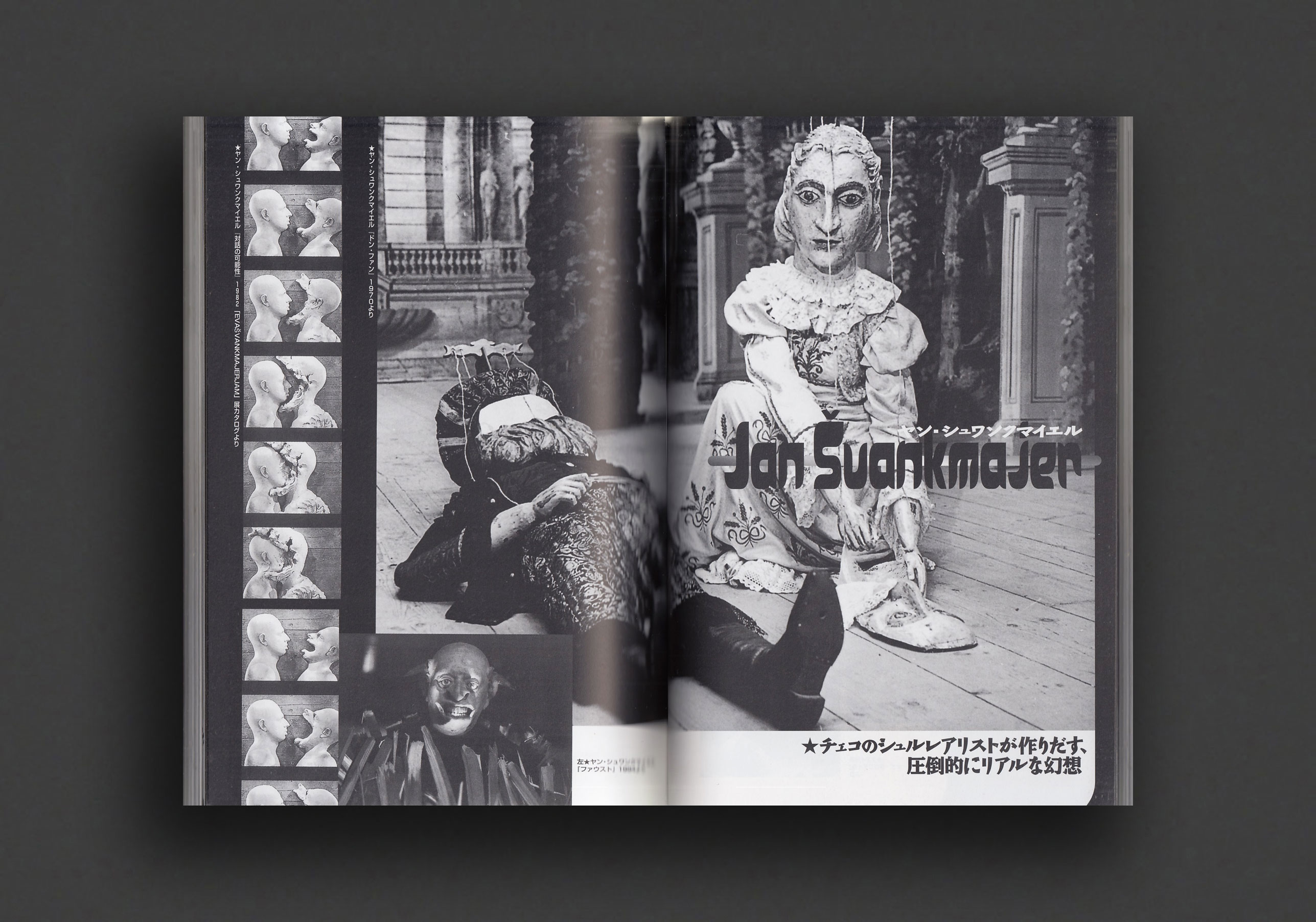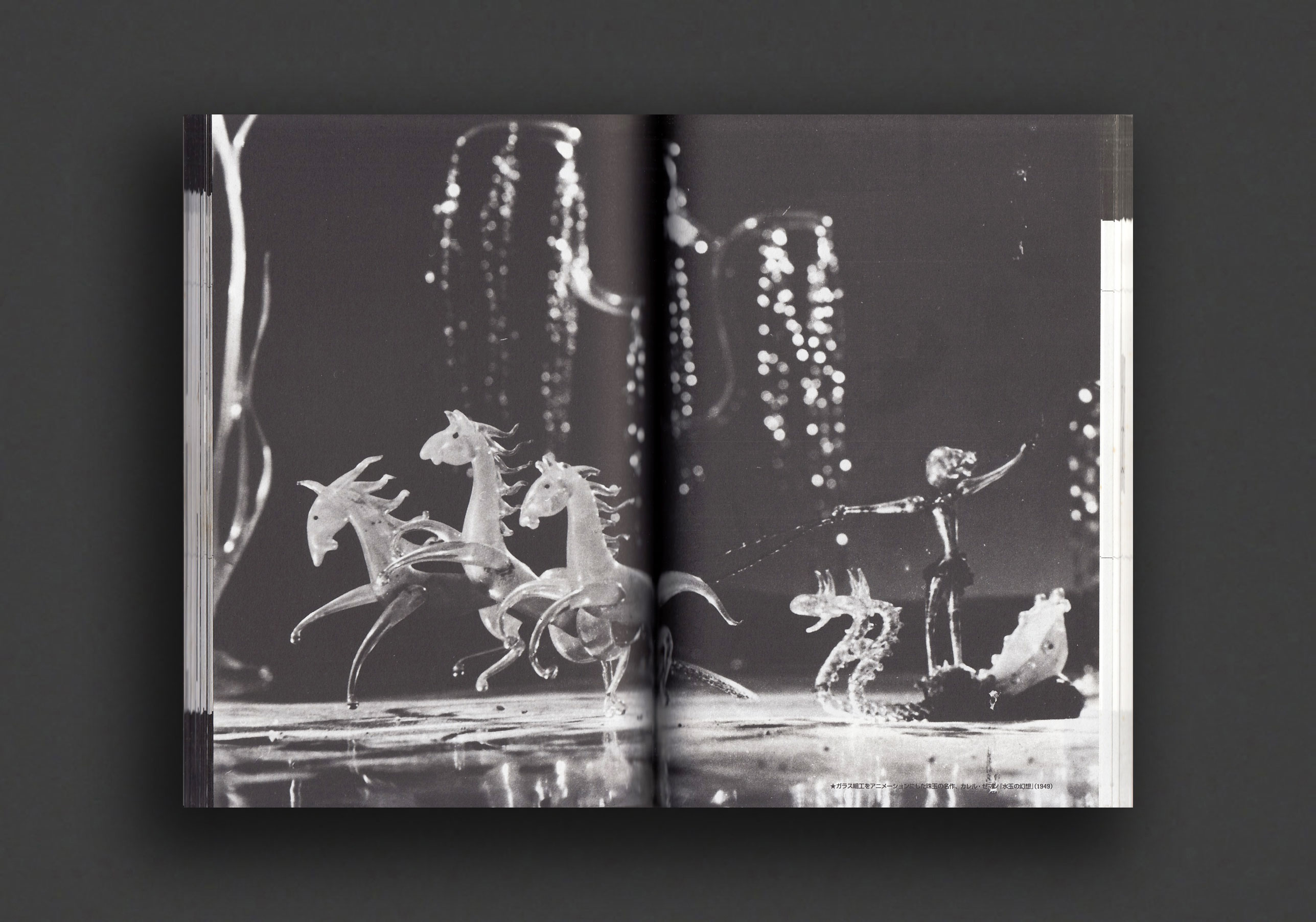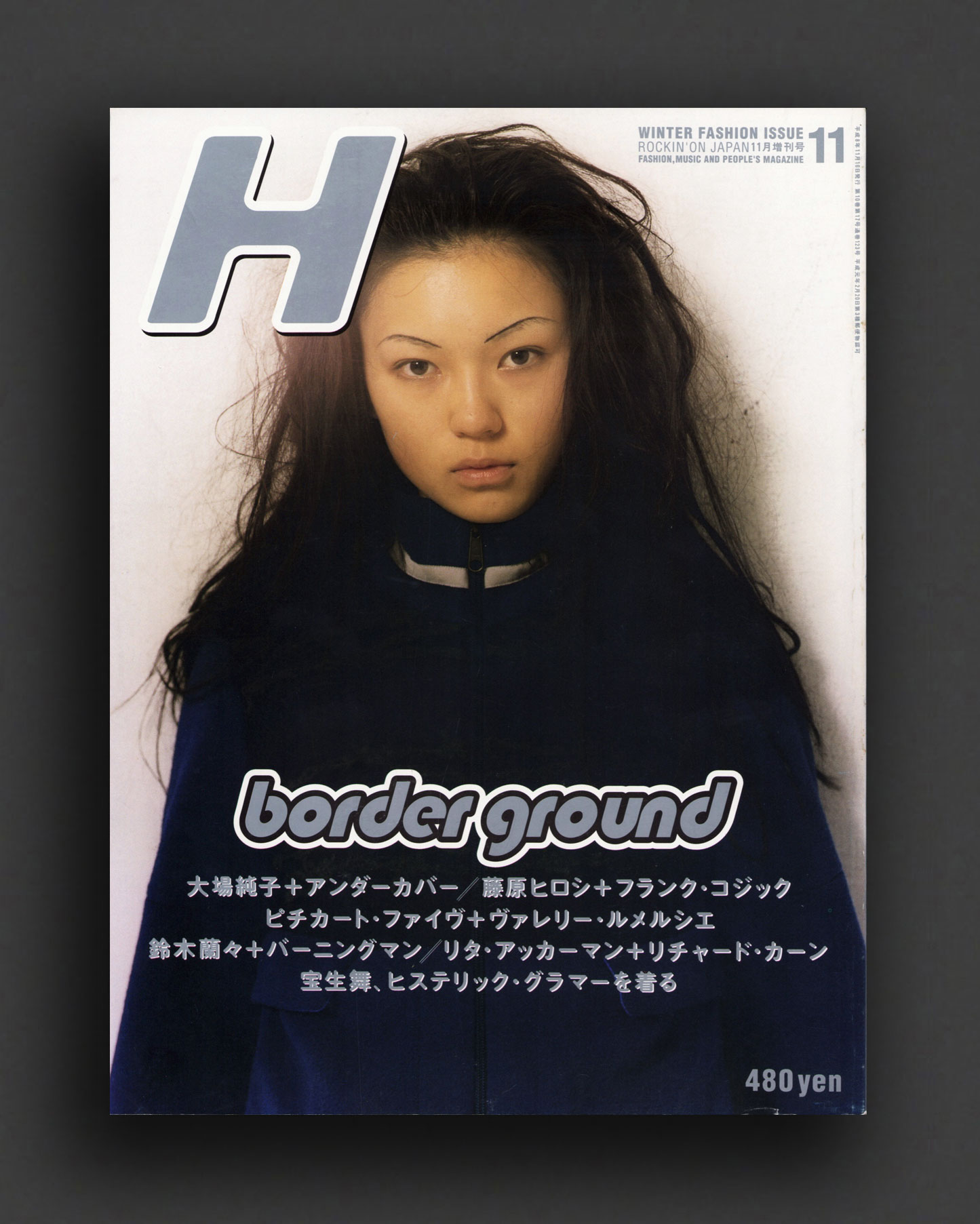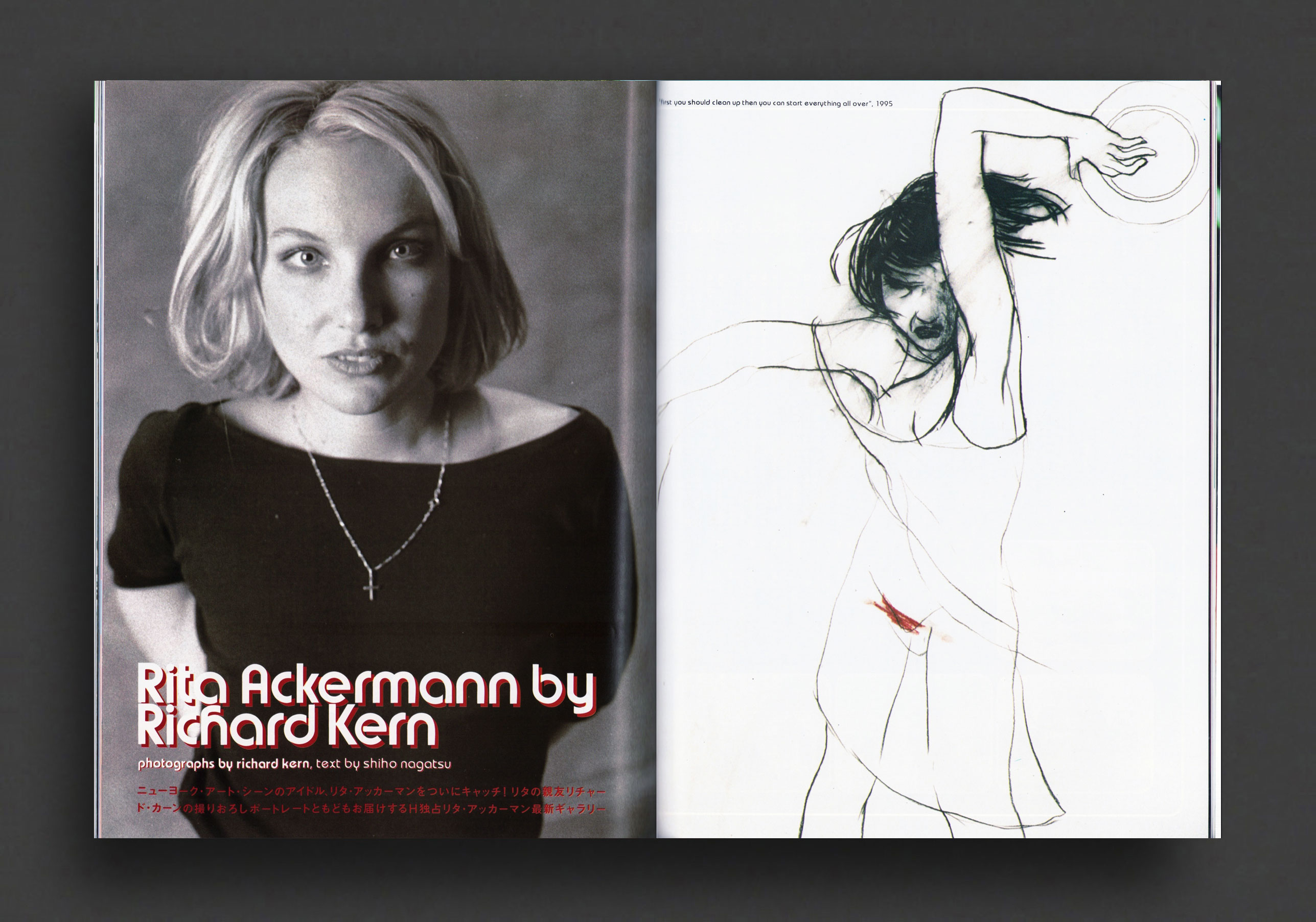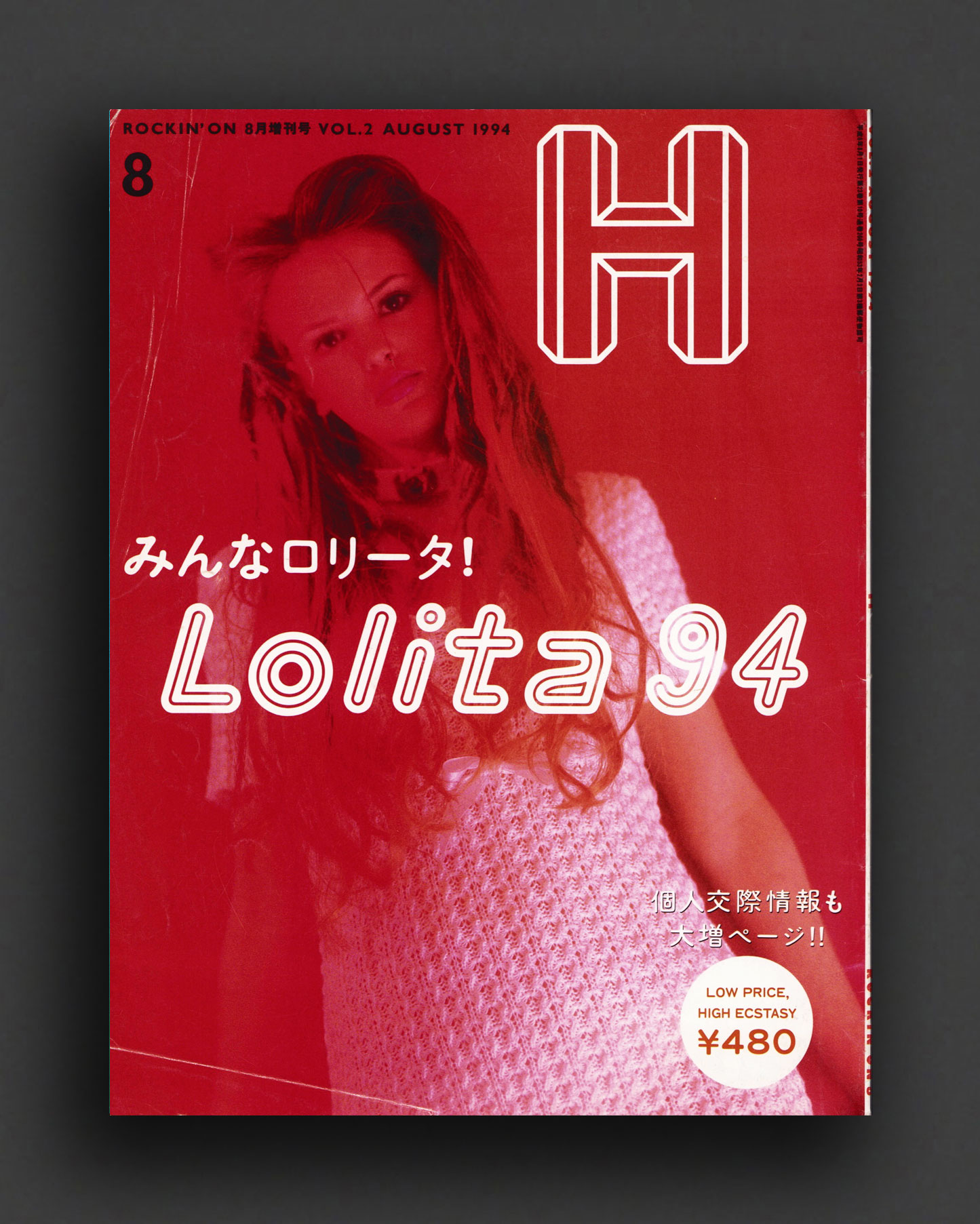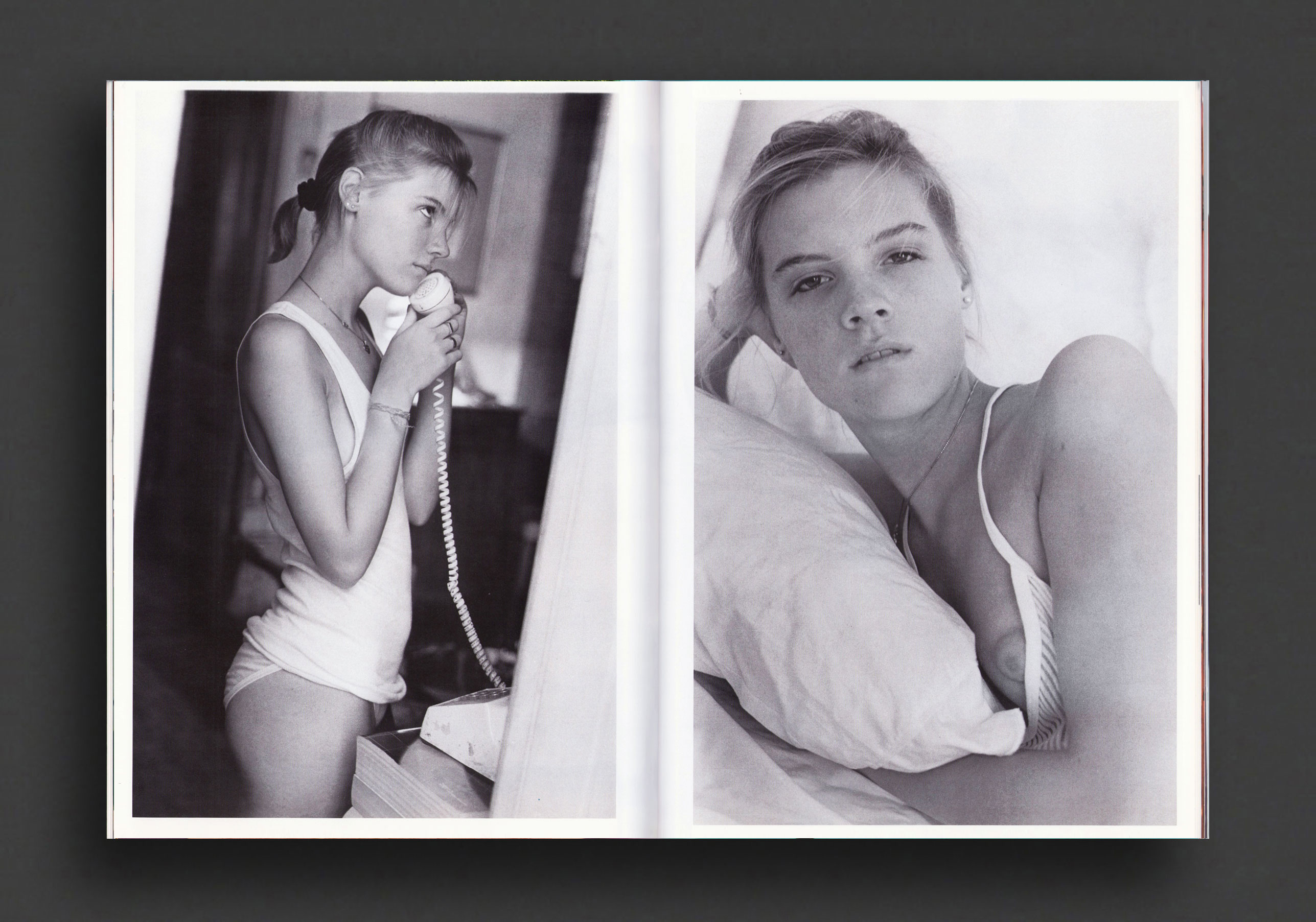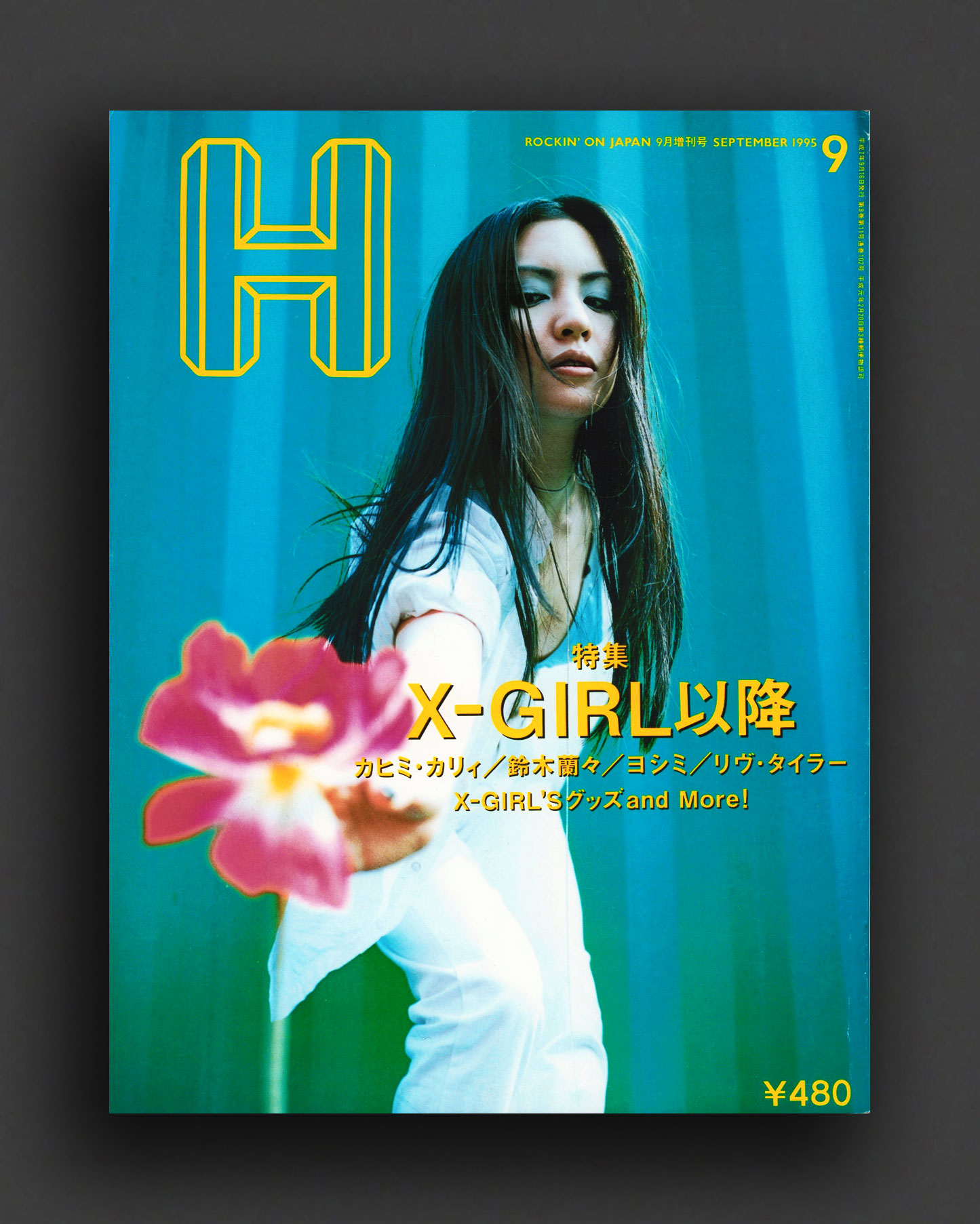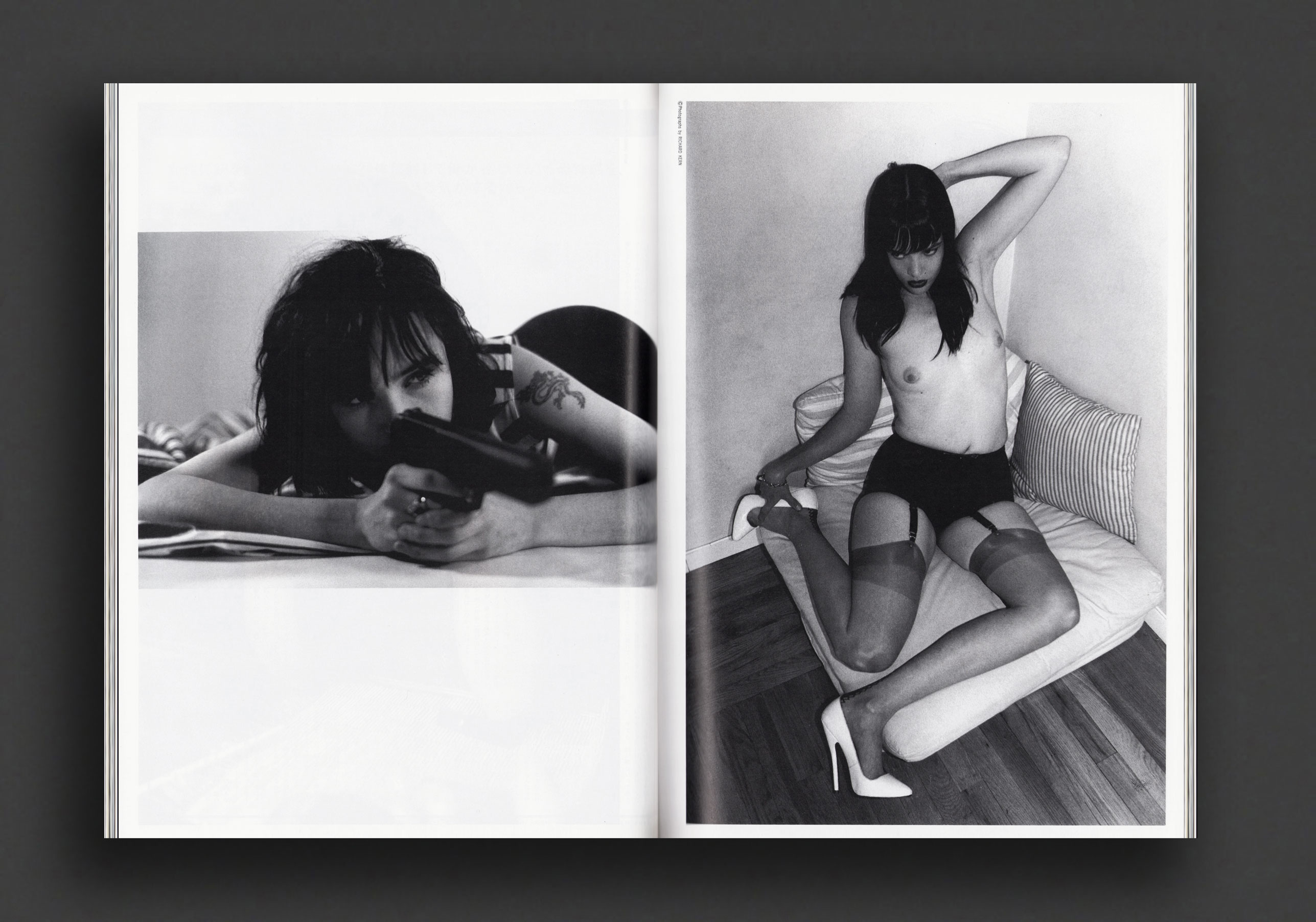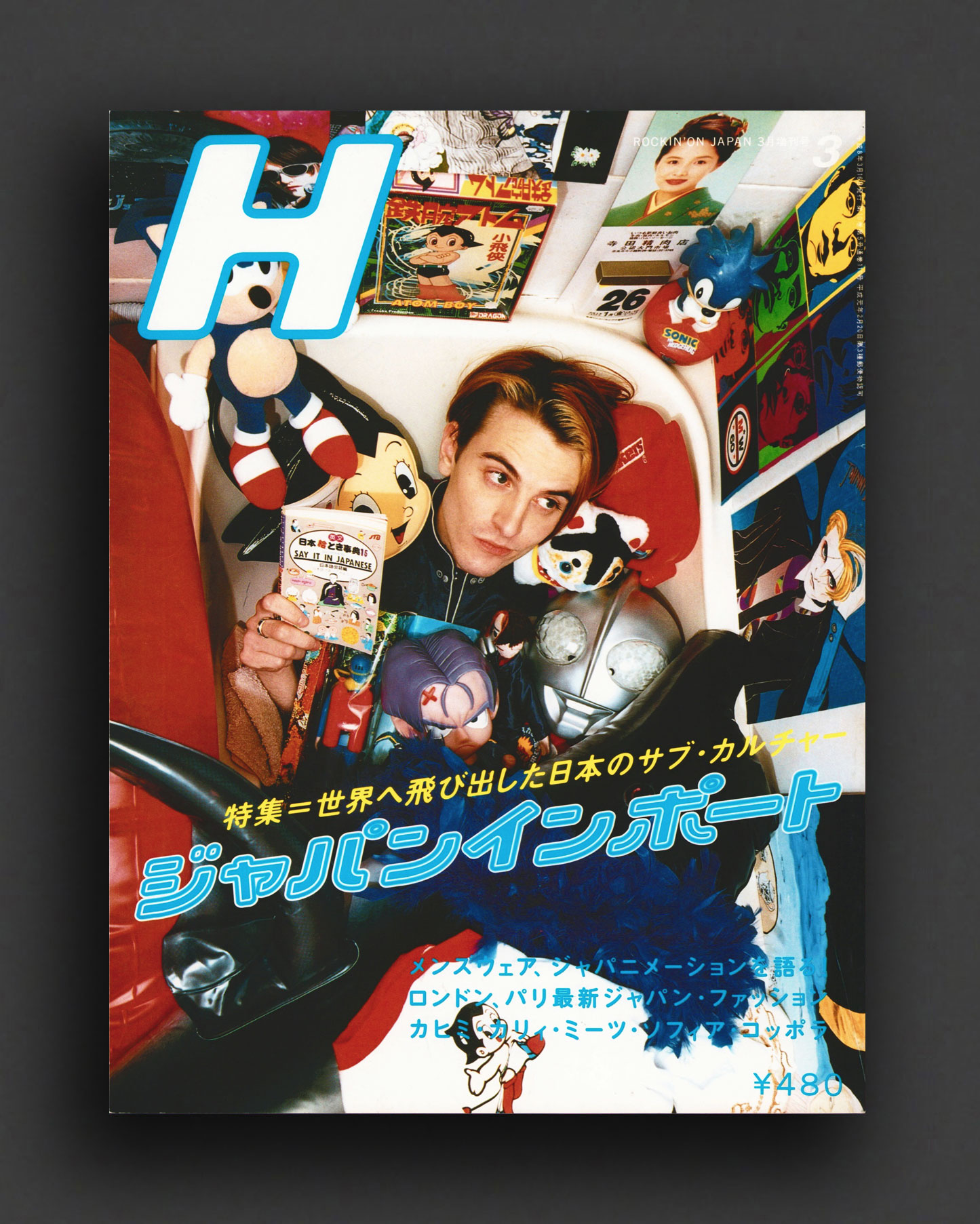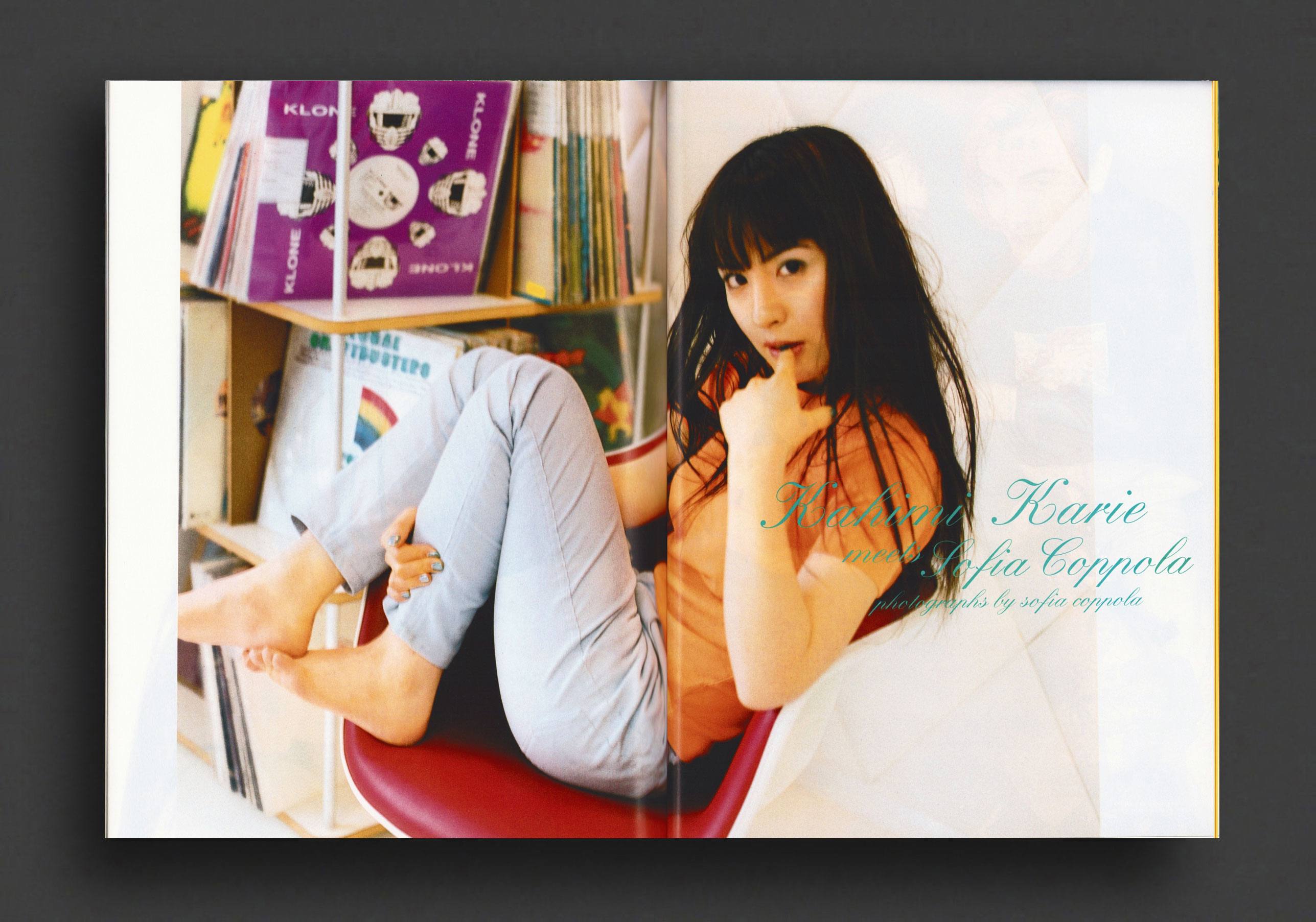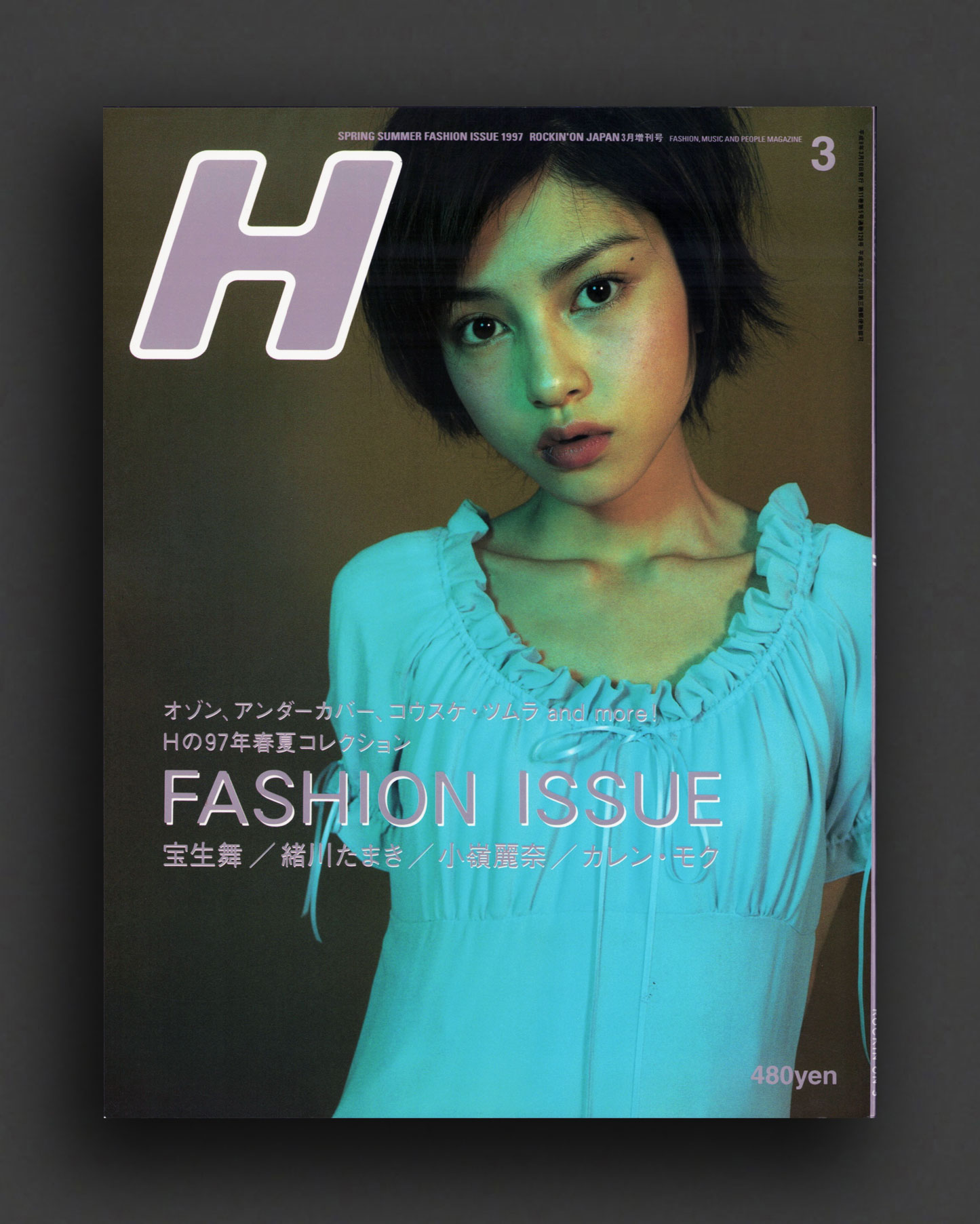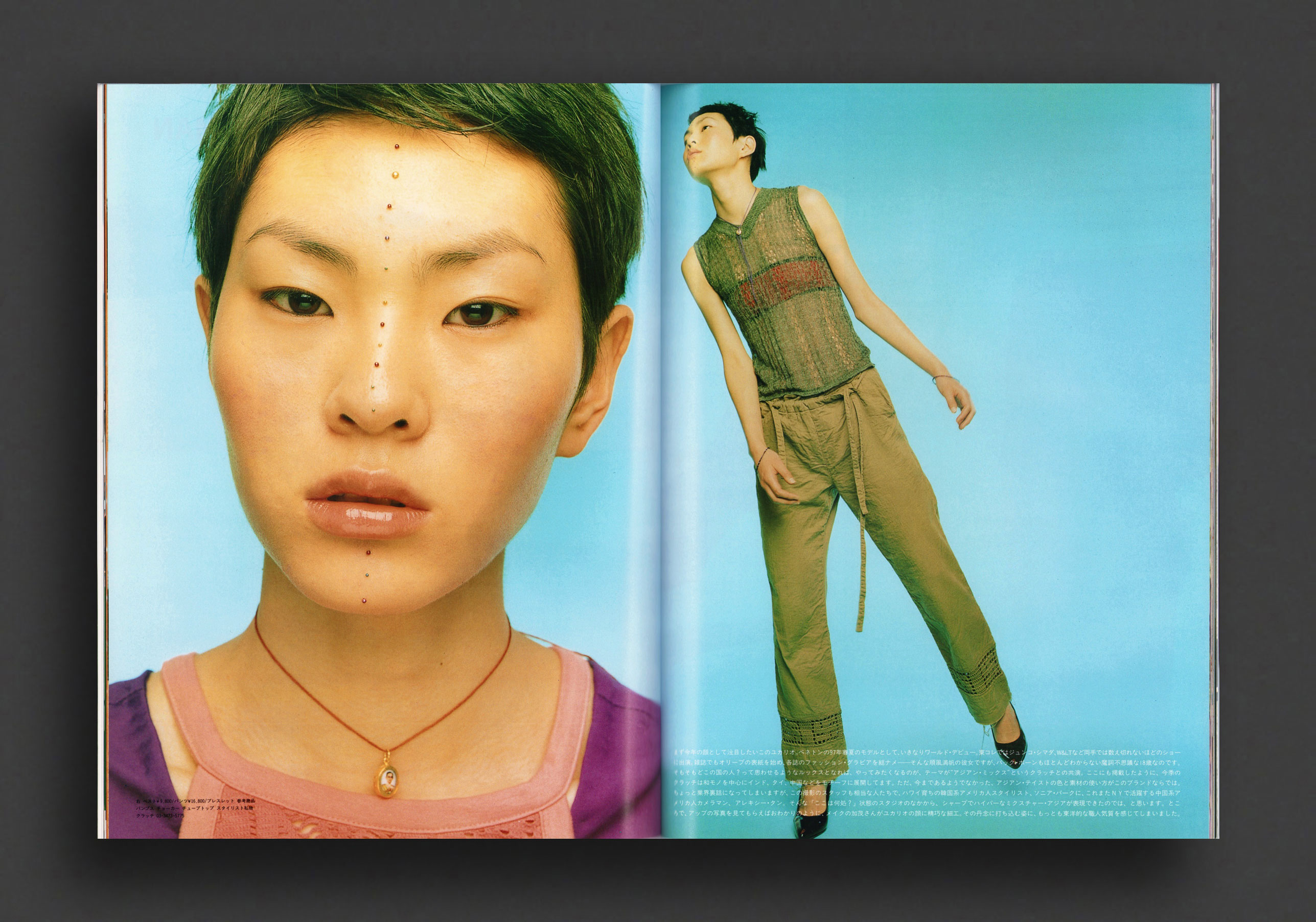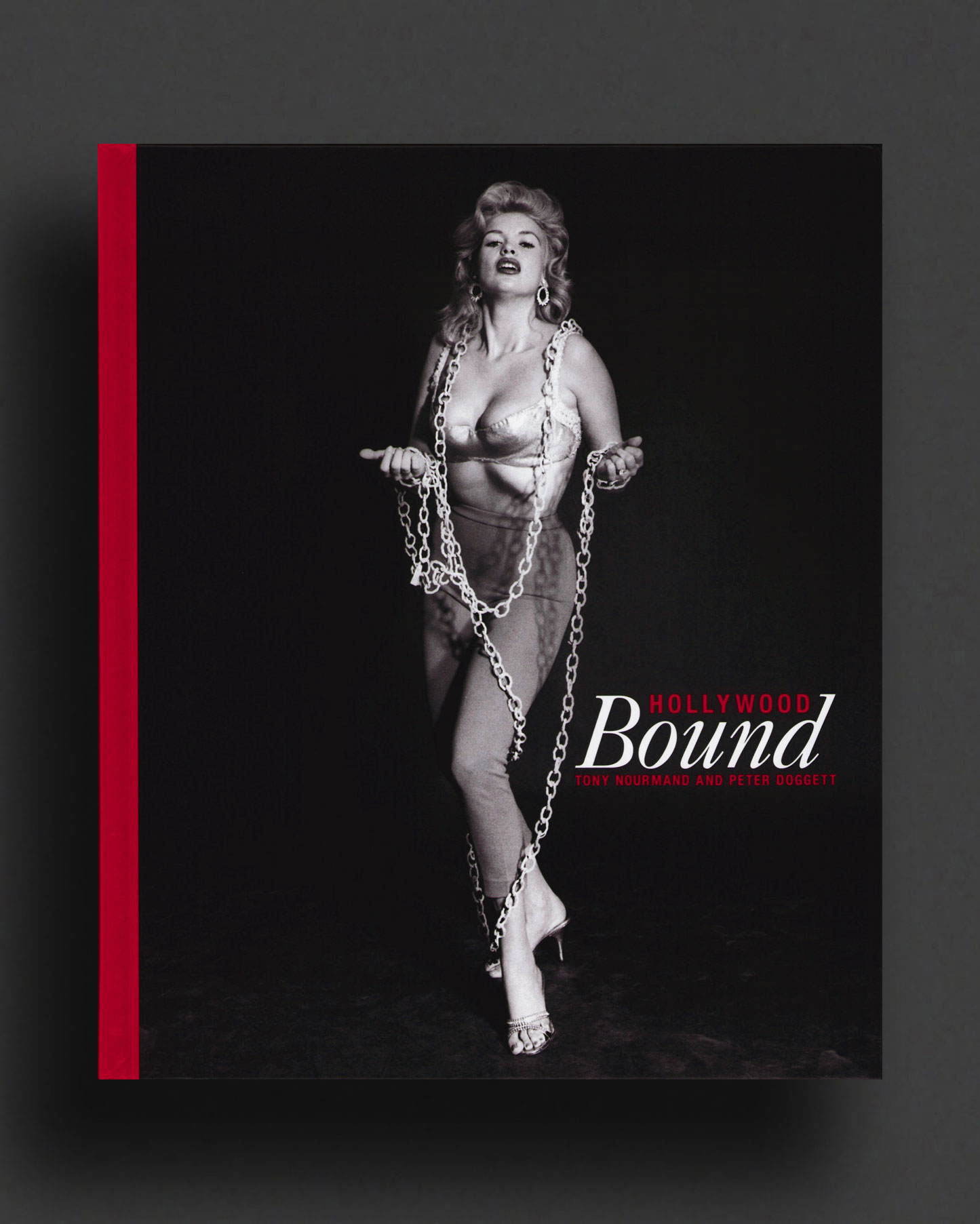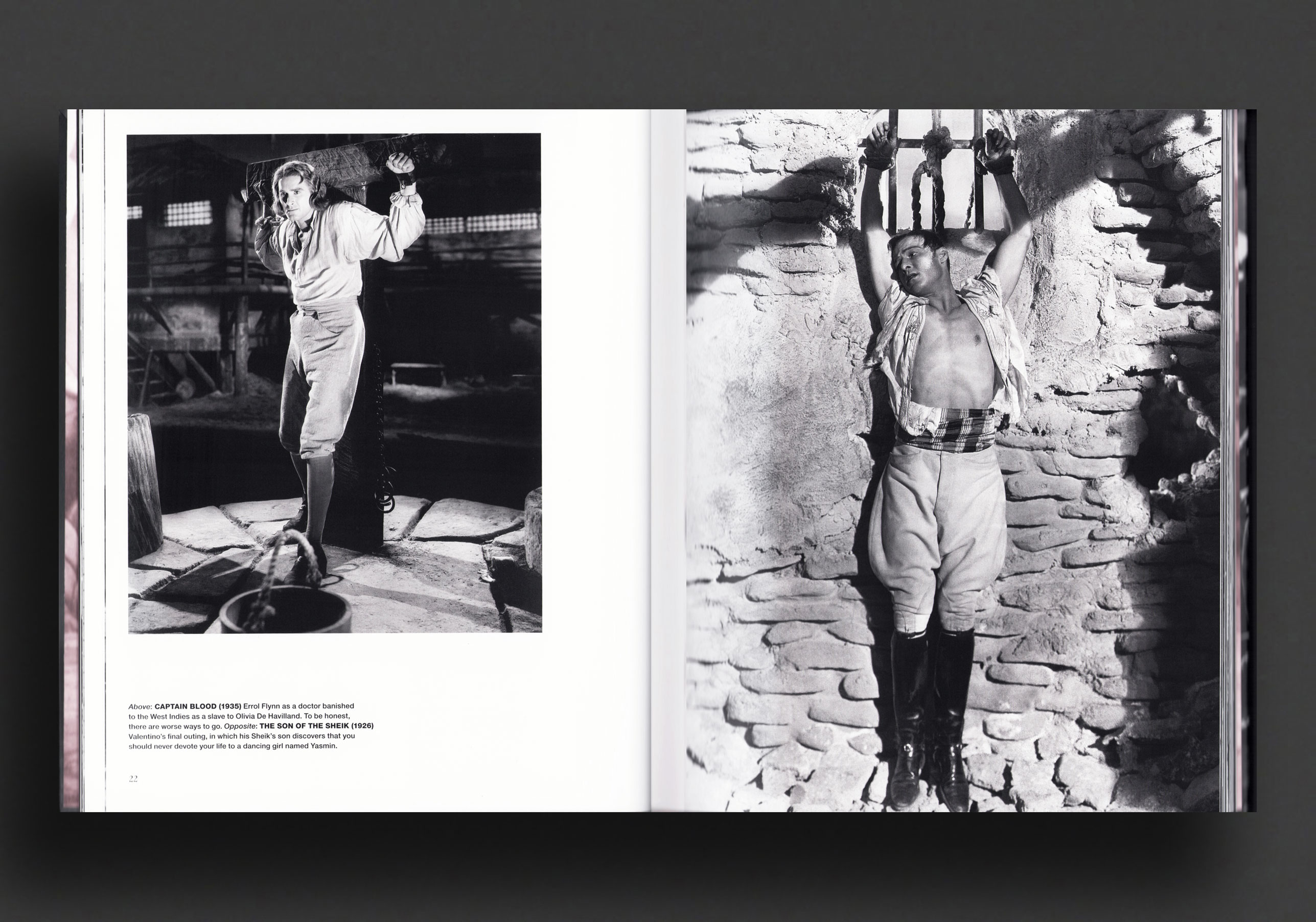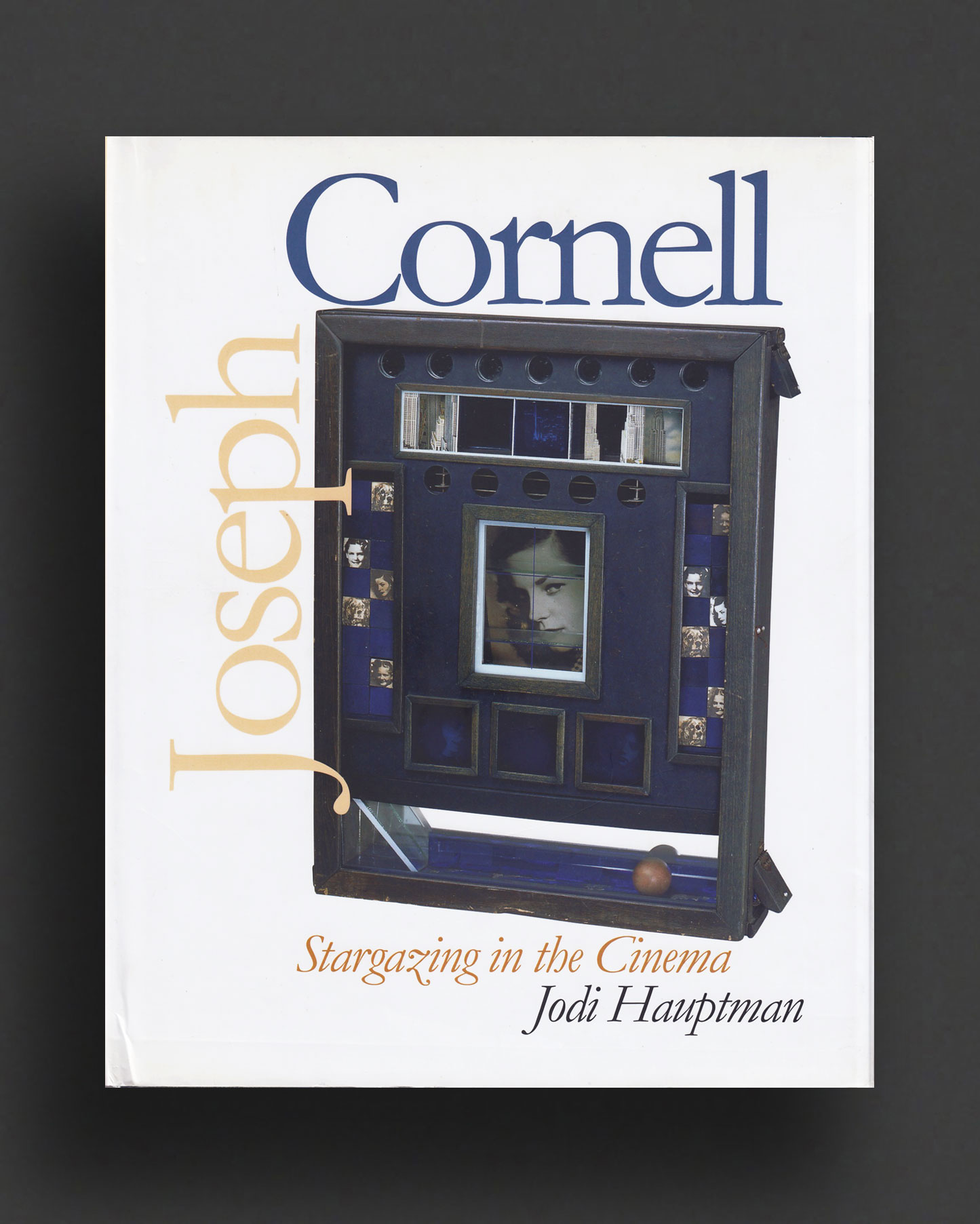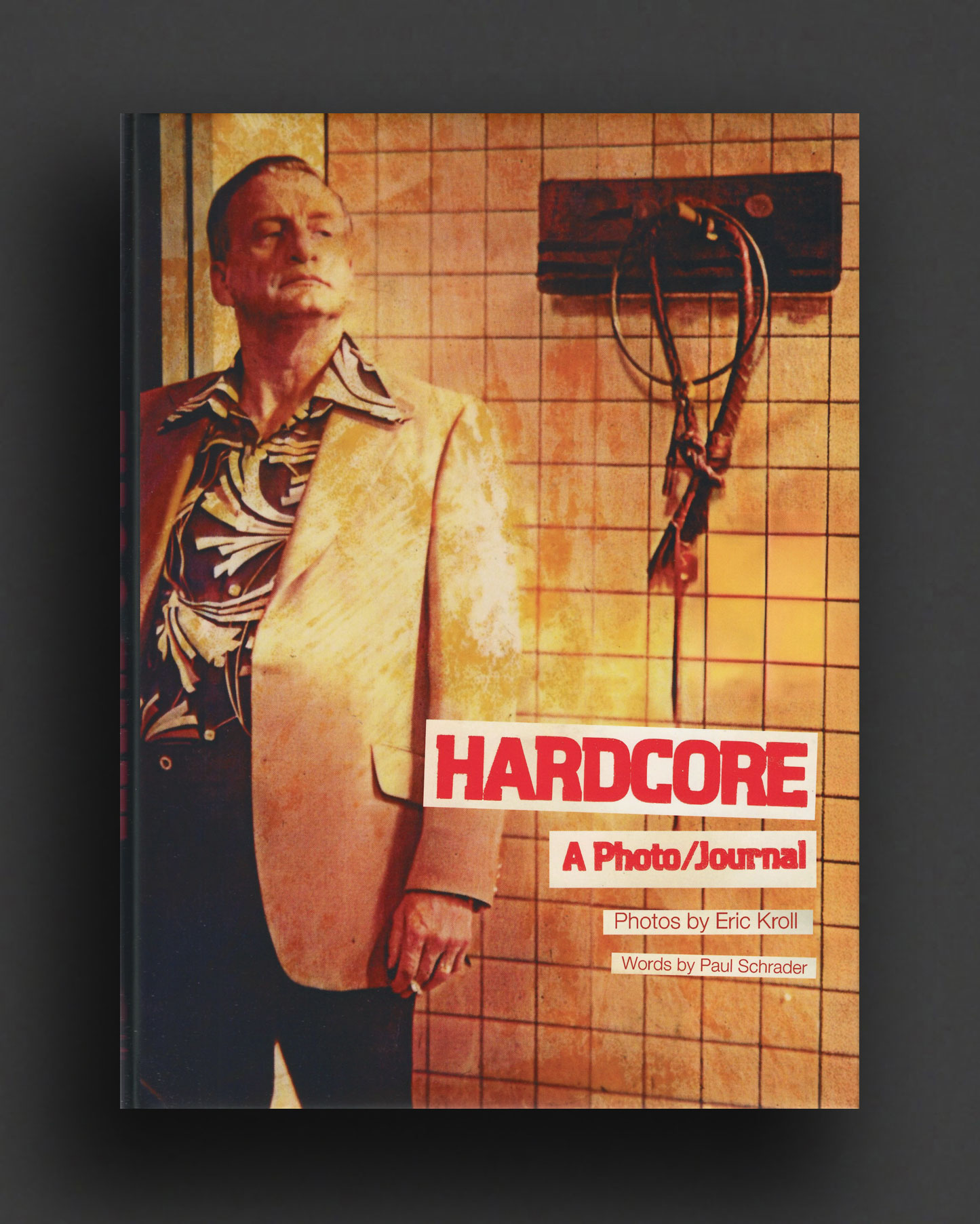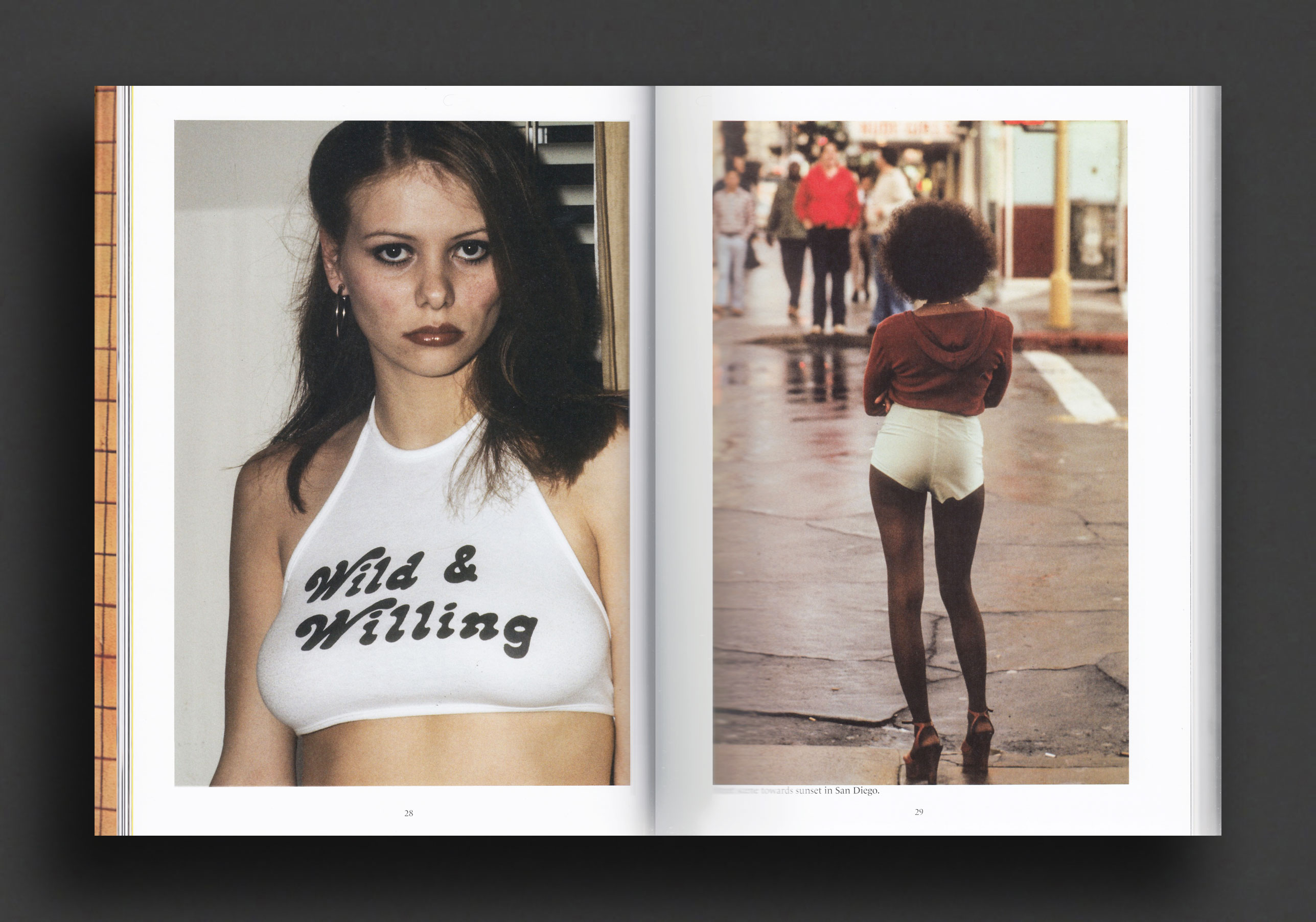(...less)
An unusual collection of writing by and about mystic artist Harry Smith. Explores in depth the occult and mystical side of Smith—his “heaven and earth magic”—focusing on how his varied artistic efforts were part of a comprehensive magical and alchemical practice. Includes unpublished photos of and letters from Smith, rare interviews, one of his unpublished texts, and essays by scholars and friends.
Harry Smith (1923–1991) was a legendary twentieth-century artist, filmmaker, painter, anthropologist, ethnomusicologist, and archivist. Especially well known for his Anthology of American Folk Music, innovative abstract realms, and extraordinary collection of paper airplanes now housed at the Getty Research Institute, Smith also had a deep esoteric and mystical side, with experimentation in magic, Tarot, Kabbalah, and other occult practices. Like other alchemists, Smith’s life mission was to create a unified work from disparate elements, a synthesis of correspondences between seemingly unrelated topics—from music, string figures, and Seminole patterns to the relationship between sound and film imagery.
Presenting the most diverse collection of writings about Harry Smith, this volume explores the far-ranging esoteric themes that run throughout his art and career. The book includes never-before-seen photos, rare interviews, personal letters, and an unpublished text by Harry Smith, The 96 Apparitions of the 96 Alchemical Formulae (1 to 36), as well as personal reminiscences from Smith’s friends and former students. Smith’s groundbreaking mystical wisdom, "heaven and earth magic," and influence as an artist of the extremes leap from the pages in this book, confirming his contribution to art, music, film, and modern alchemy.
“Alchemist, magician, filmmaker, artist, mystic, anthropologist, collector, rebel, eternal omnivore, and 20th-century Renaissance man, Harry Smith was many things to many people, and this outstanding collection of lovingly written testimonies pays tribute to Harry with wit, respect, love, and laser-like precision. It is absolutely impossible to forget any interaction you had with Harry—and the beautiful tales in this remarkably readable and heartfelt book will have you awestruck, laughing out loud, and hungry for more. Perhaps the best collection of writings about one of the most enigmatic and fascinating figures the world has ever known.” ― John Zorn, American composer
“The Occult Harry Smith explores so many fascinating aspects of Harry Smith that have yet to be explored! Through a panoply of voices gathered in this volume, we get firsthand accounts and informed explorations that delve deep into the magician and trickster Harry Smith. Essential reading for anyone who wants to know more about this enigmatic and influential figure who lived his life on the edge and for his art.” ― Rani Singh, director of the Harry Smith Archives
“Through his alchemical metaphors and deep appreciation for cultural diversity, Smith’s work continues to influence new generations eager to learn more about his gentle blurring of the boundaries between art and magic. The Occult Harry Smith is a highly inspiring anthology and an invaluable glimpse into the timeless cosmic prism that was the mind of this polymath magus.” ― Carl Abrahamsson, author of Meetings with Remarkable Magicians and Occulture
“The world is blessed unknown when a Harry Smith enters it, and we are fortunate that enough individuals notice, to record his presence among them. One can only gain—and gain much—from reading this prismatic collection of fascinating views on the polymathic shaman of the city. Smith: all profit with no risk, other than the effect of enlightenment, a mere byproduct of gazing at his mighty works.”―Tobias Churton, author of Aleister Crowley in England, Aleister Crowley in Paris, and Aleister Crowley...
“This invaluable collection comes at the right time, as interest in Harry Smith’s life expands and his manifold work reaches new and ever-growing audiences. Offered up by the people who knew him best, this volume provides new and nuanced perspectives on Harry Smith: the man, the polymath, the sage."―John Klacsmann, archivist at Anthology Film Archives
“The Occult Harry Smith is a long overdue deep dive into this particular aspect of a wonderful, remarkable, and insufferable genius and polymath. In addition, by bringing together the memories and observations of an impressive, indeed close-to-definitive, collection of acolytes, scholars, and friends (not to mention photographic treasures and unpublished texts), Peter Valente presents an unexpected delight in this wide-ranging compendium—endlessly illuminating (as was Harry)—a posthumous banquet.”―Simon Pettet, poet and author of Hearth, As A Bee, and More Winnowed Fragments
About the Author
Harry Smith (1923-1991) was a filmmaker, painter, anthropologist, alchemist, and artist of the twentieth century.
Peter Valente is a writer, editor, translator, and filmmaker. He was born in Salerno, Italy, in 1970 and grew up in New Jersey. The author of 12 books and the translator of several influential works, including Gérard de Nerval’s The Illuminated, he lives in North Carolina.
File under:
Harry Smith
Peter Valente
Harry Smith
Park Street Press / Vermont
Sound / Music
Film / Video
Occult / Esoterica
Theory / Essay
Art
Counterculture




















































































































































